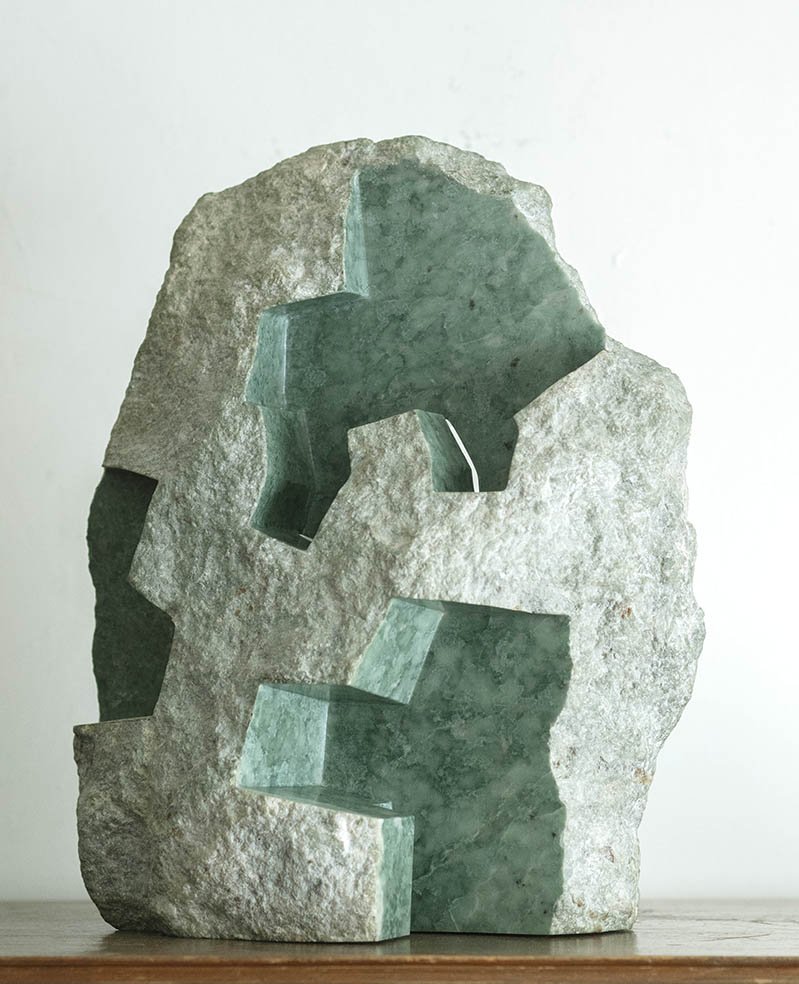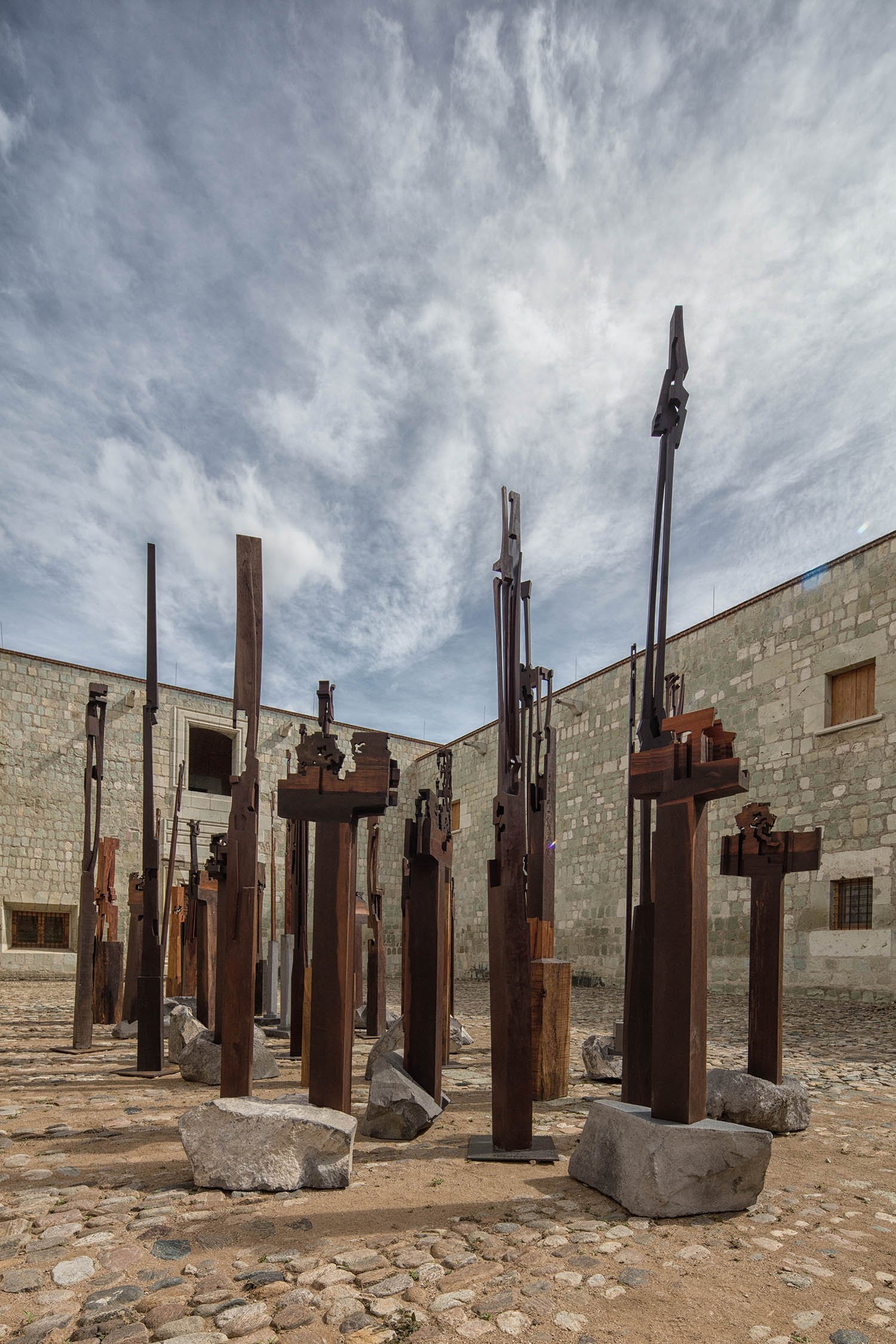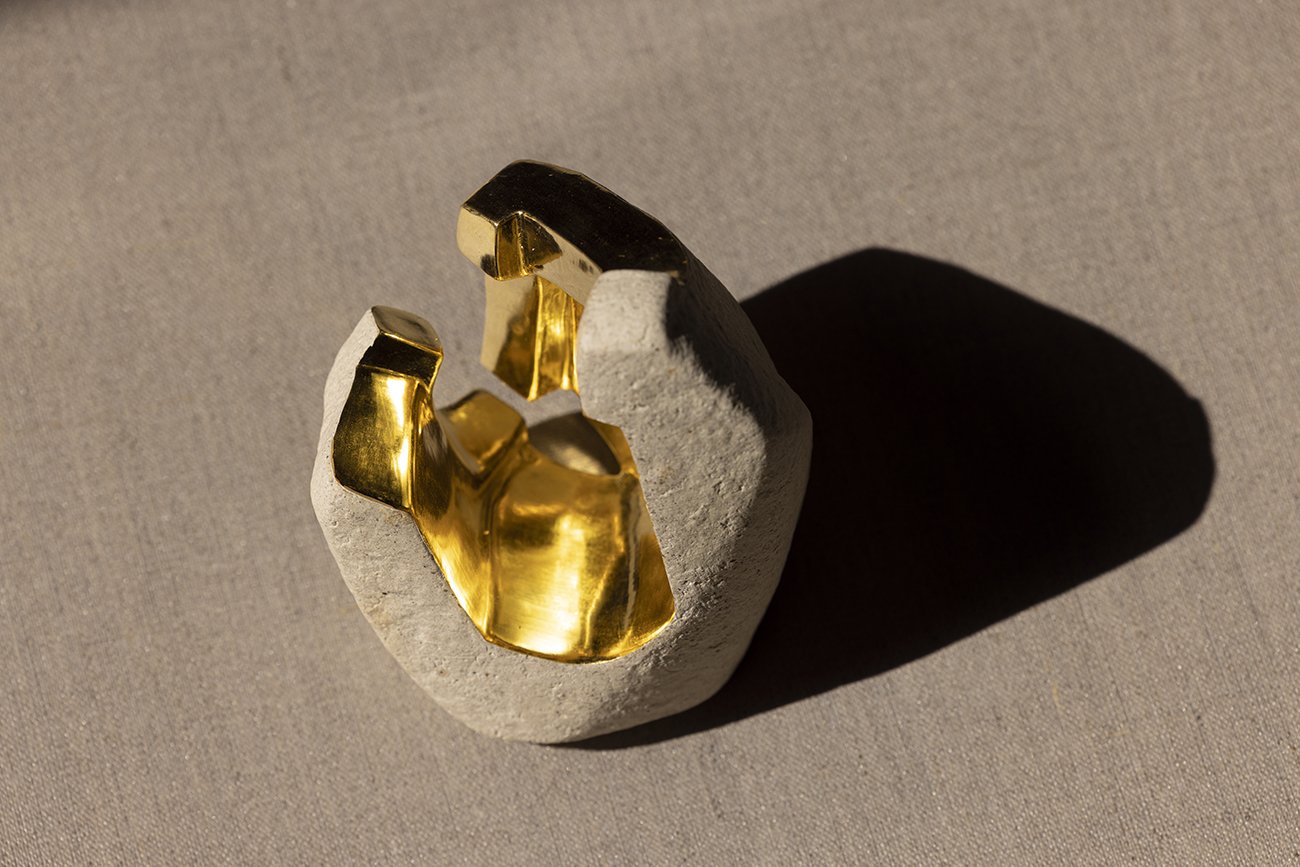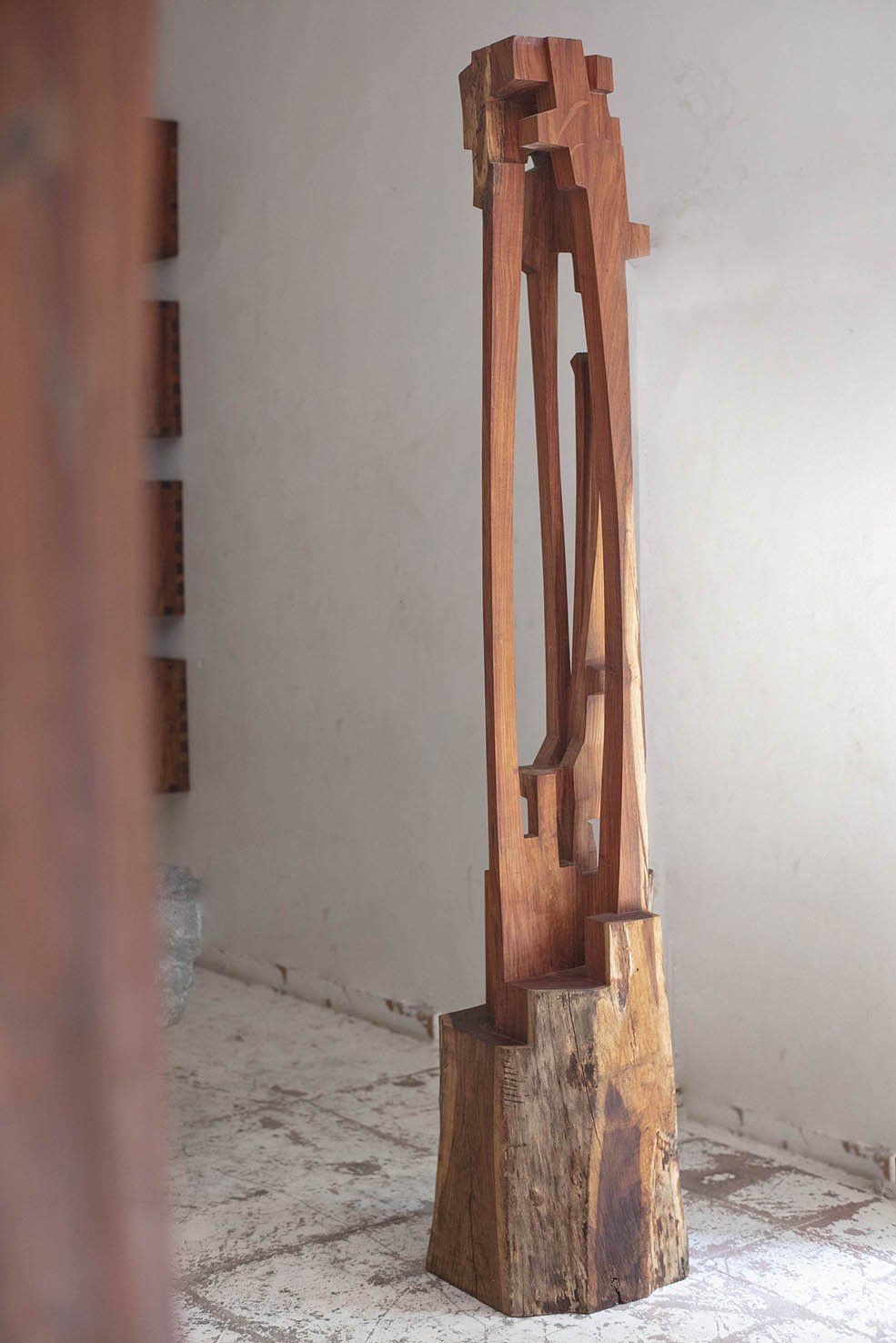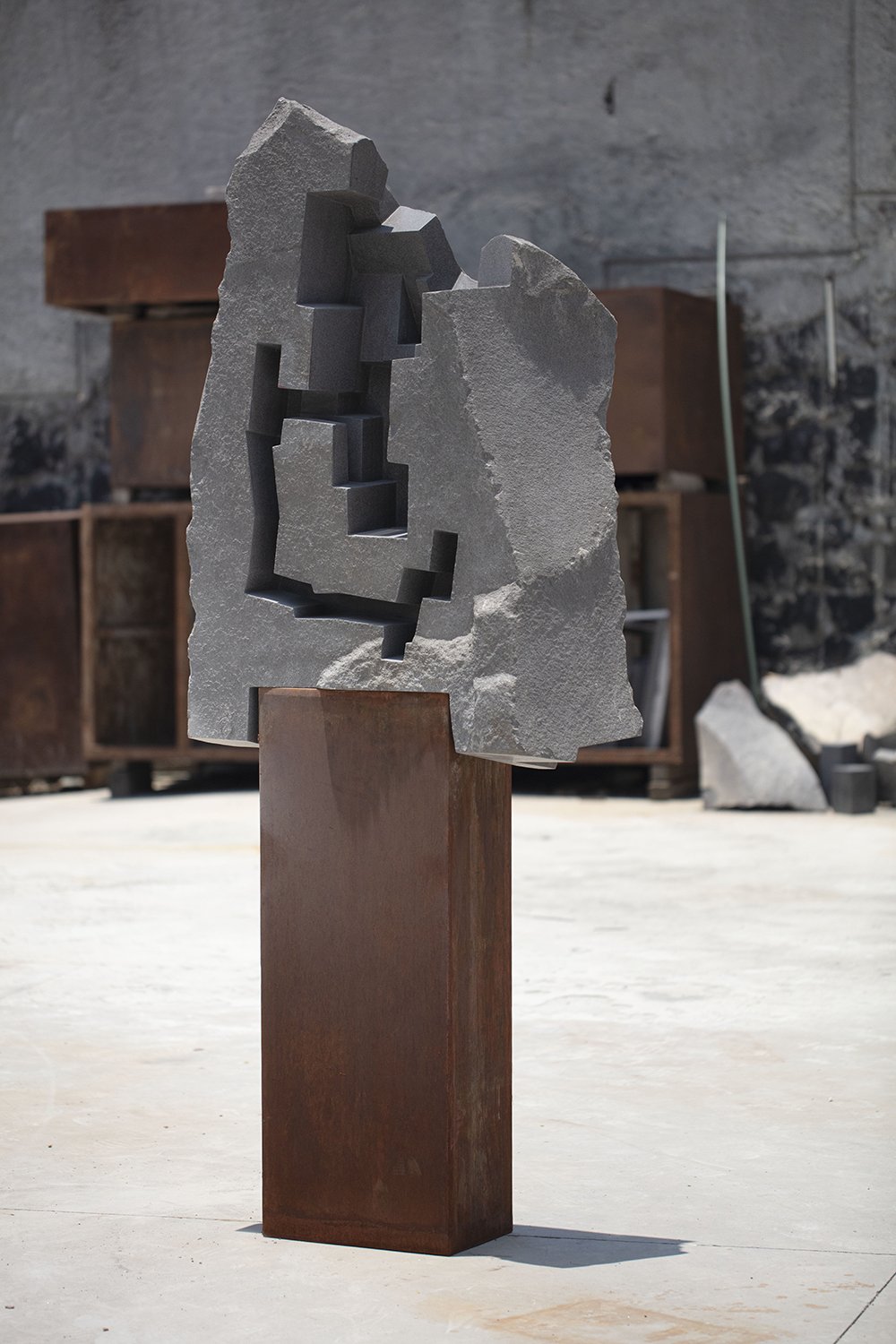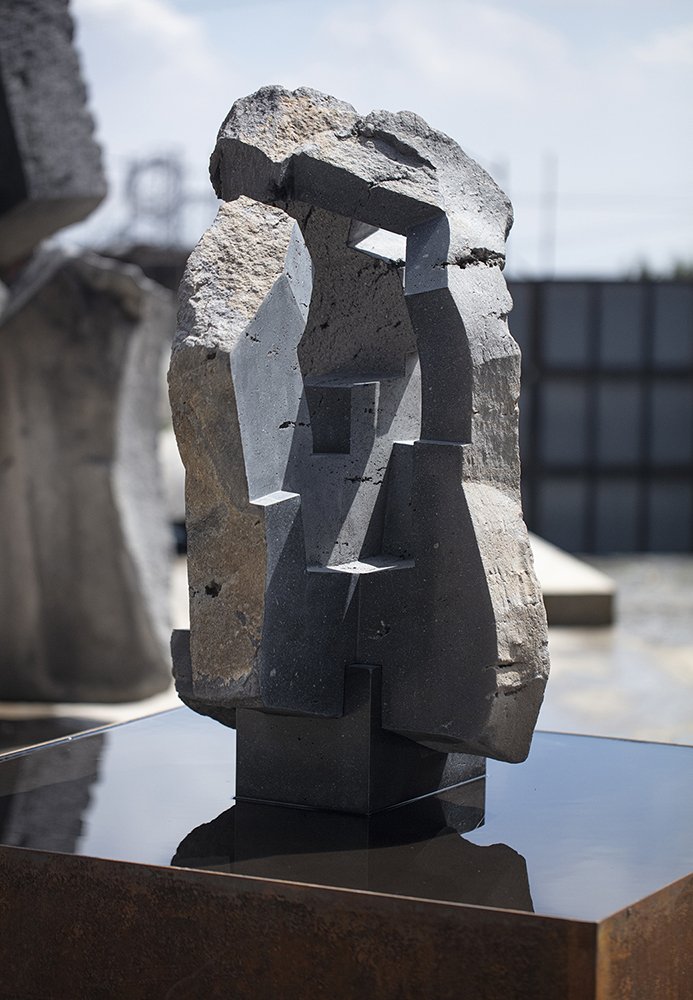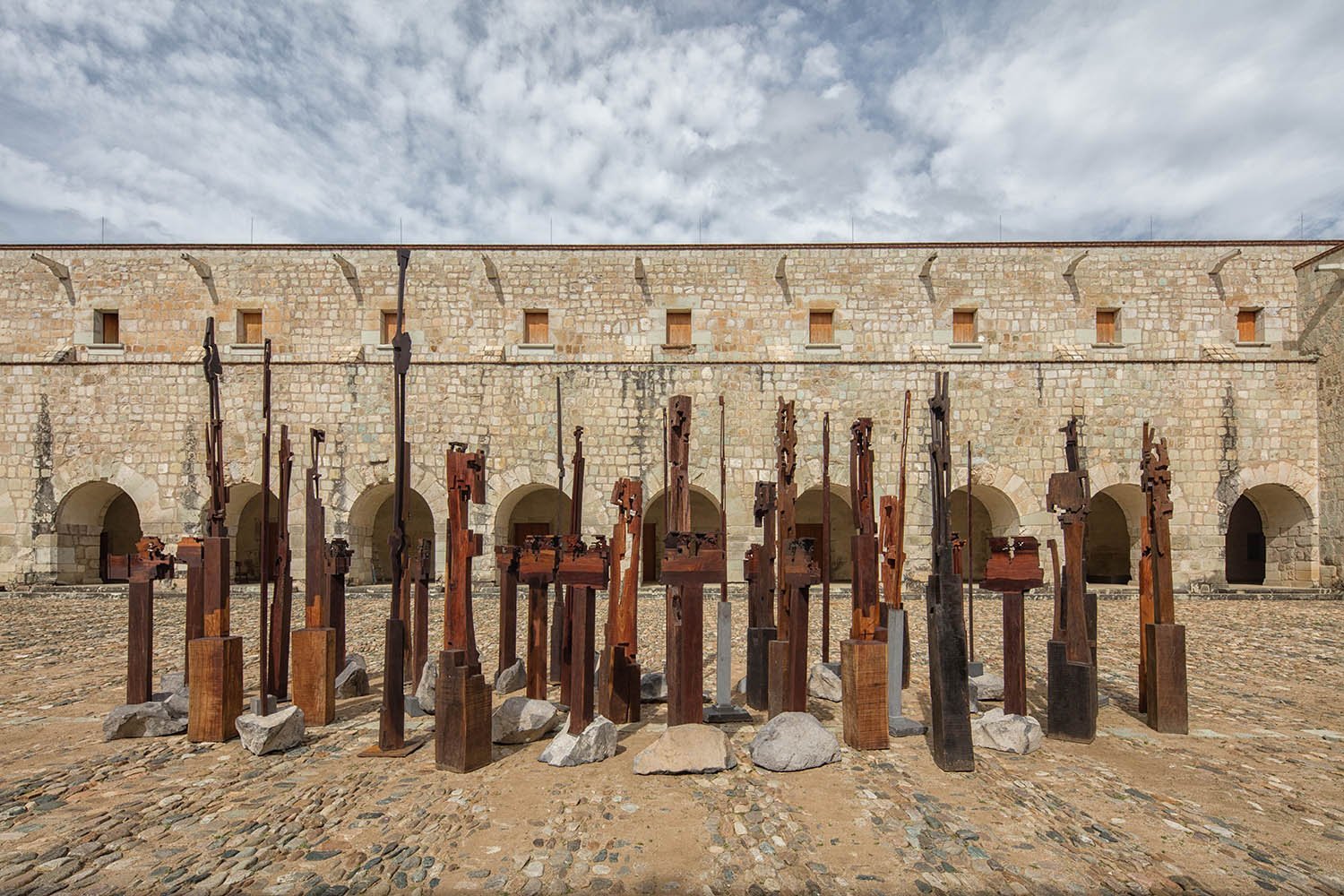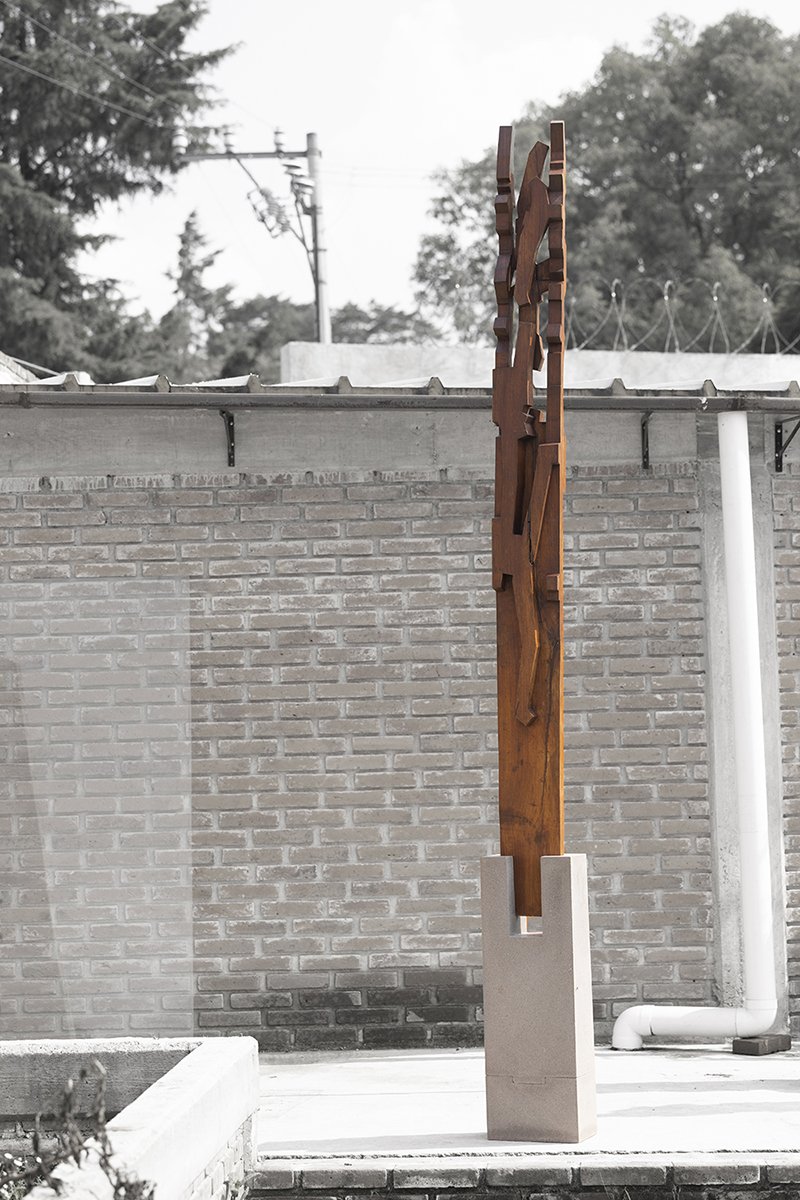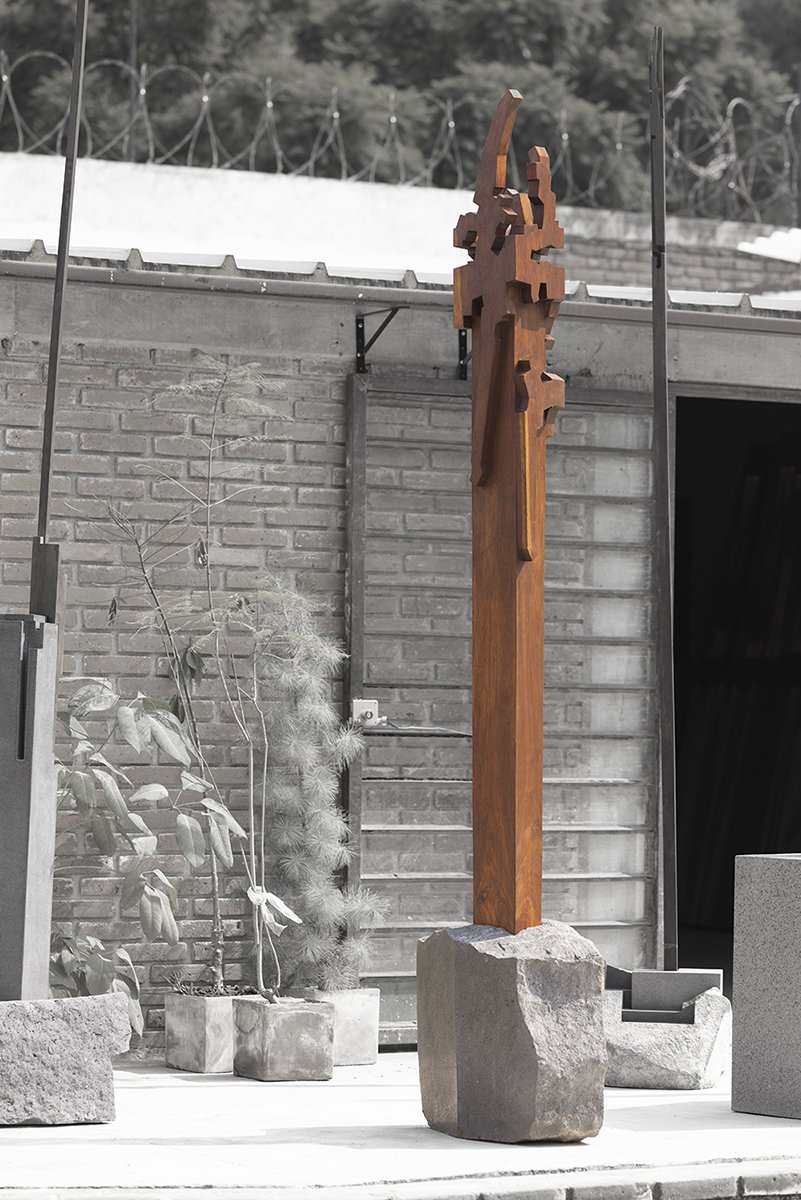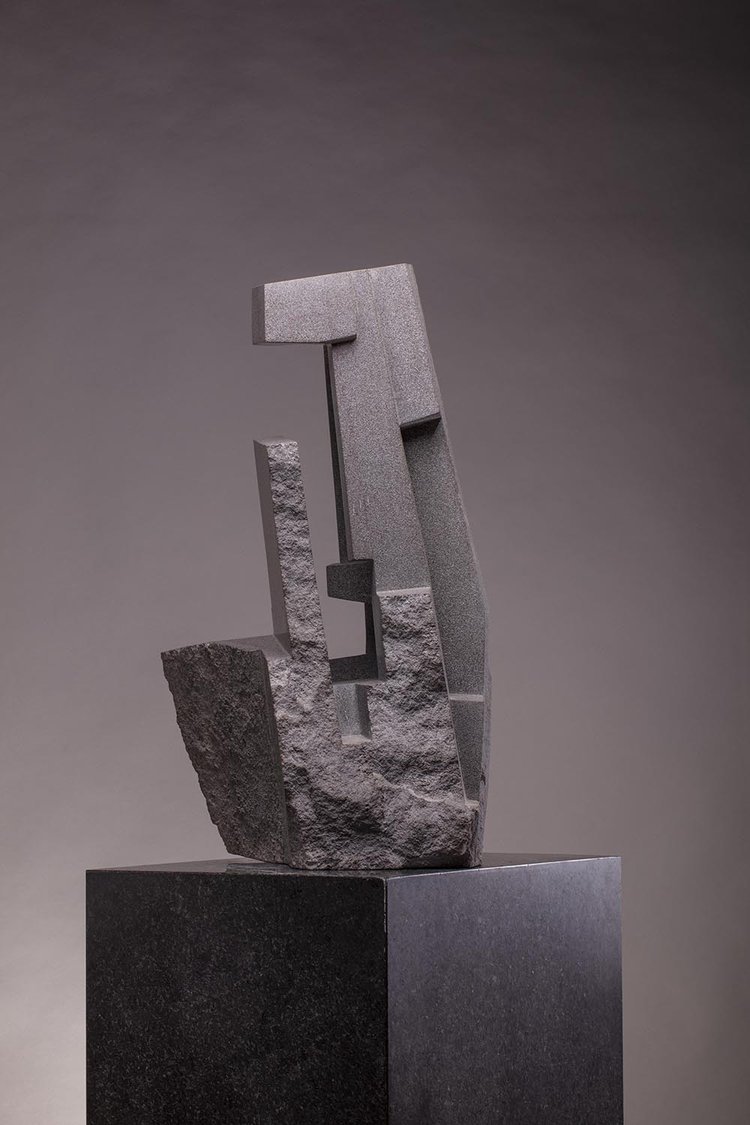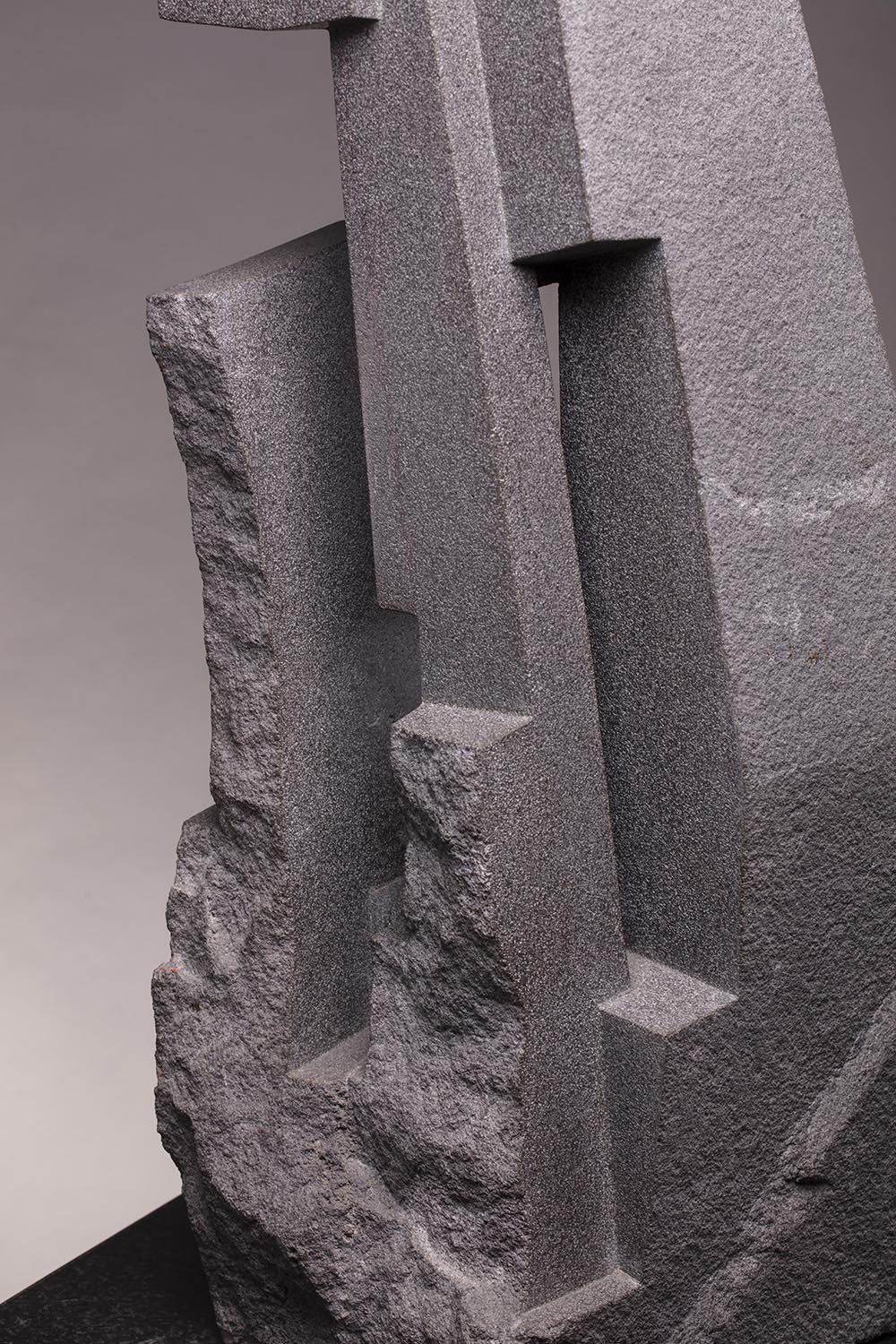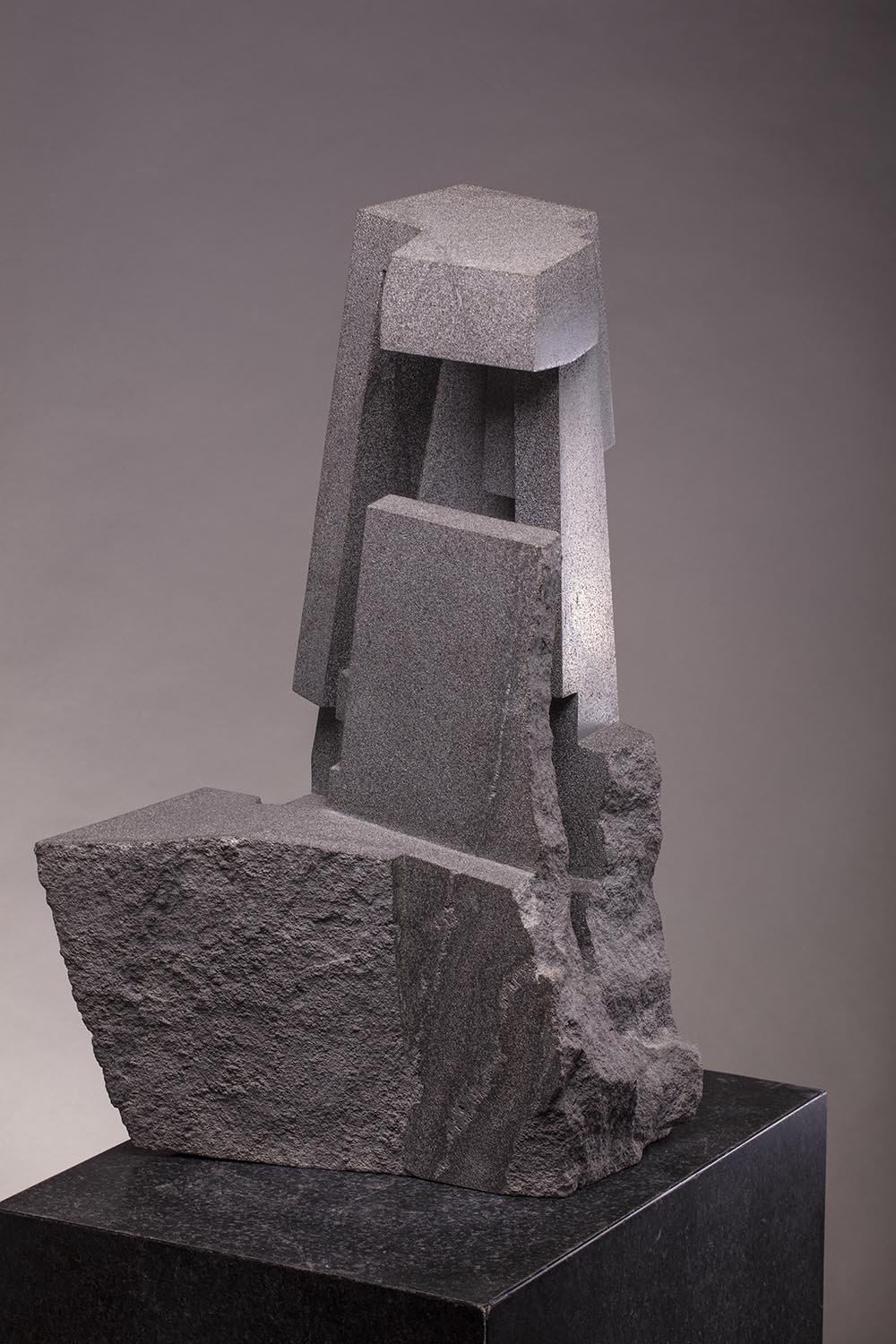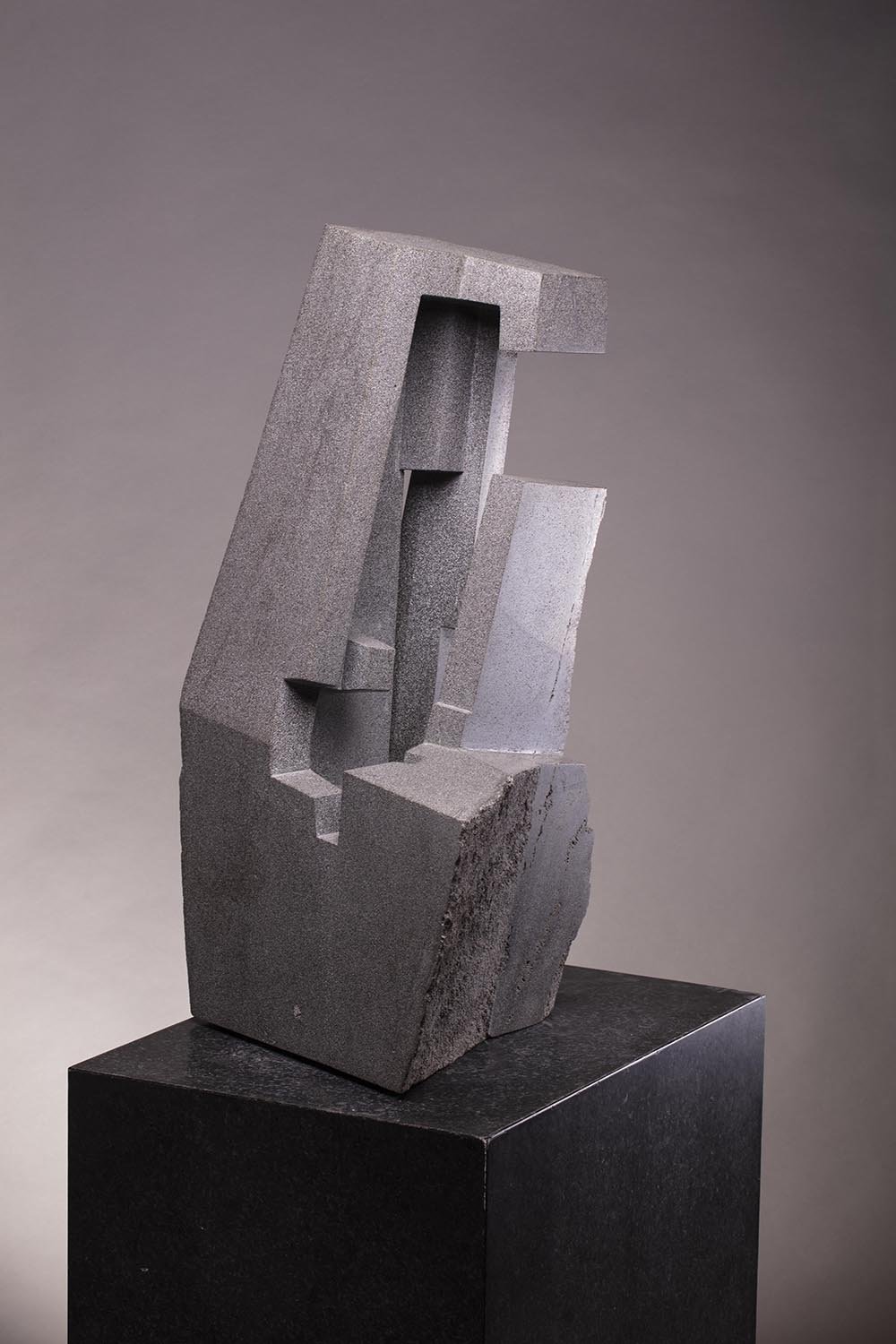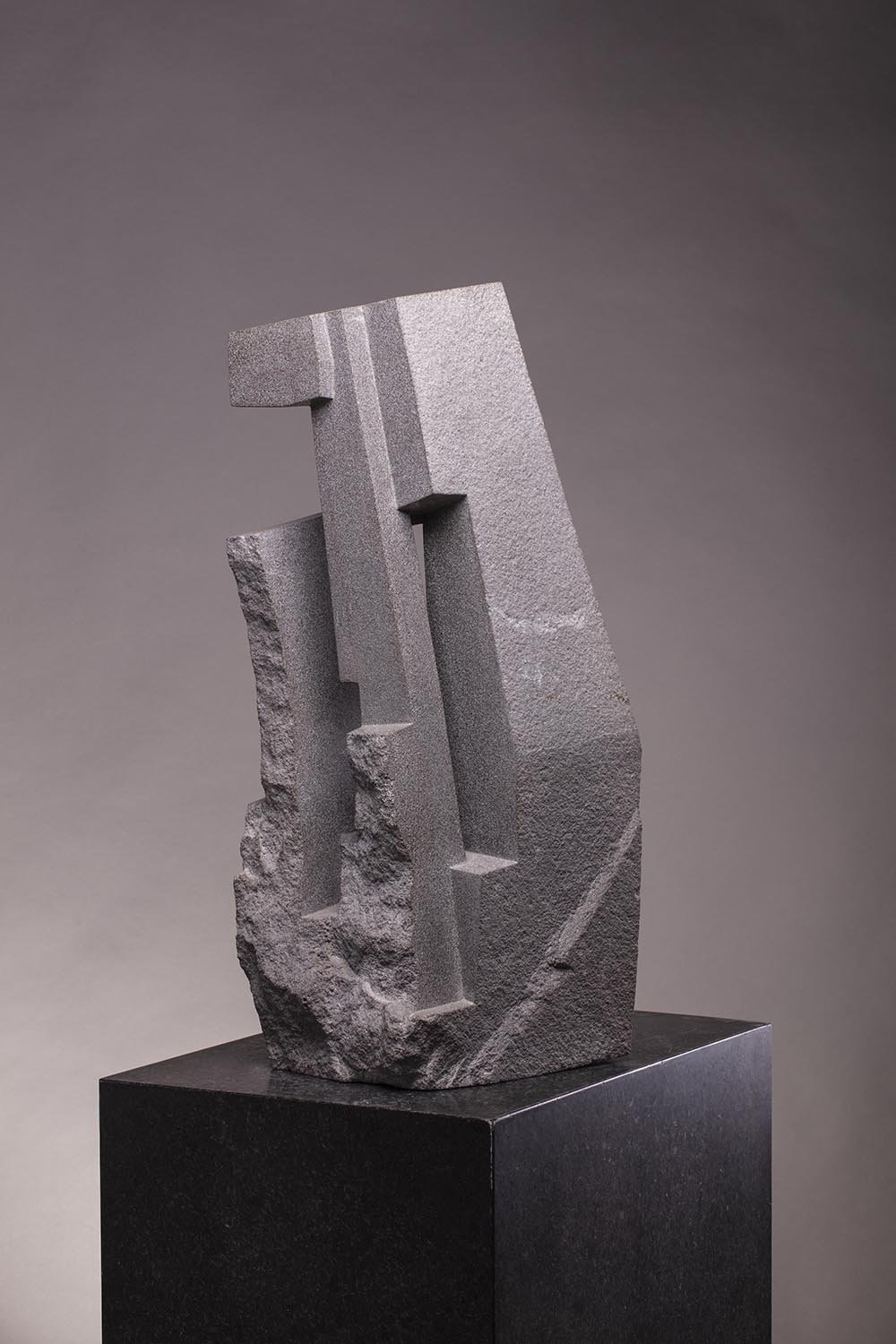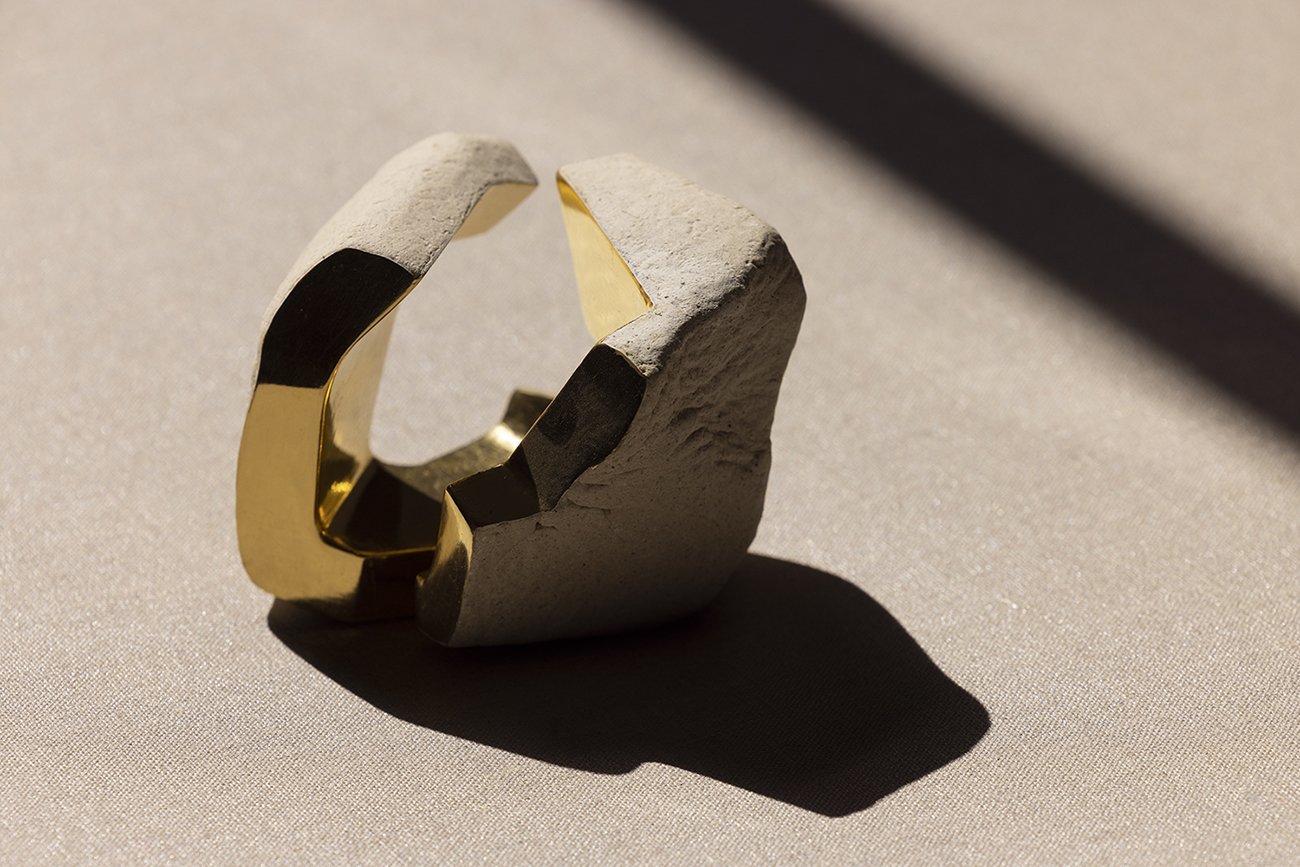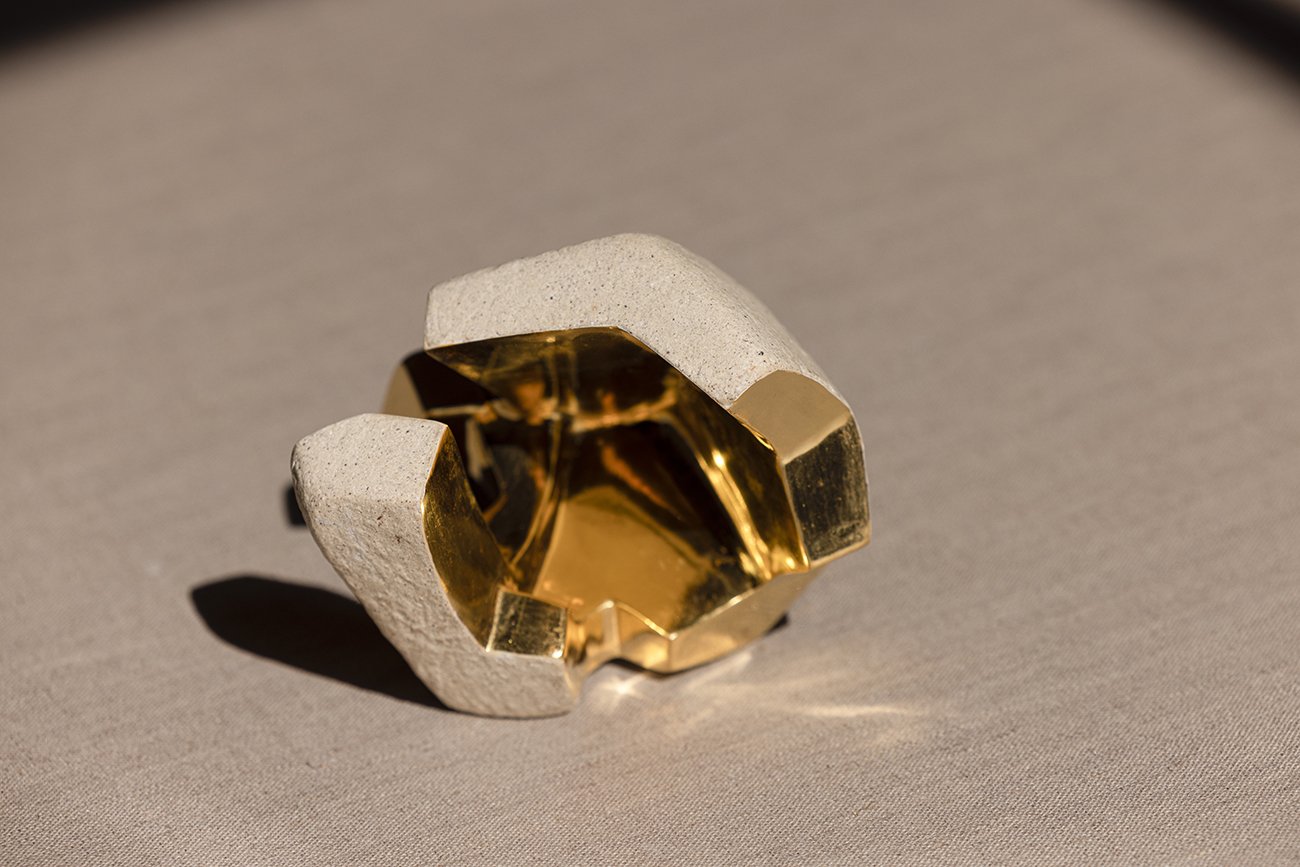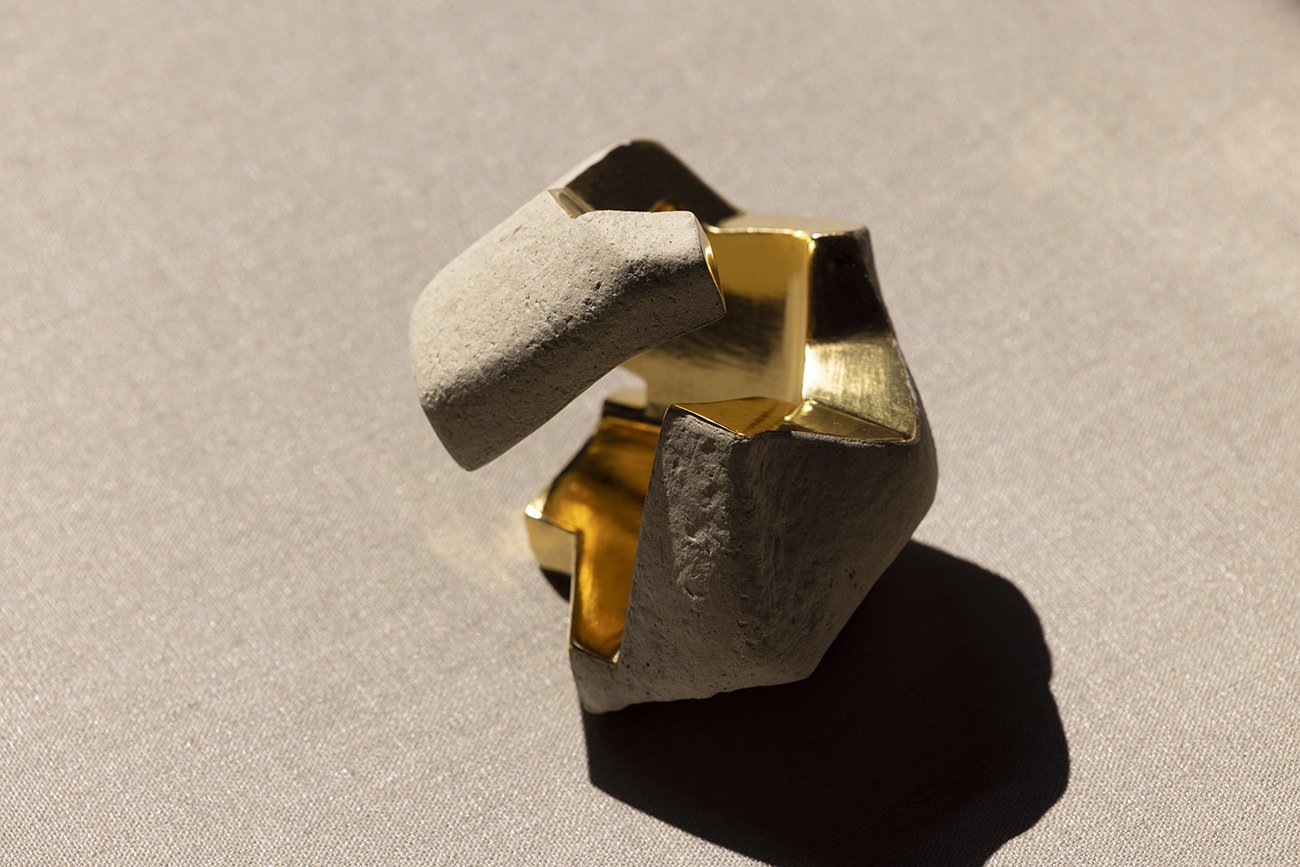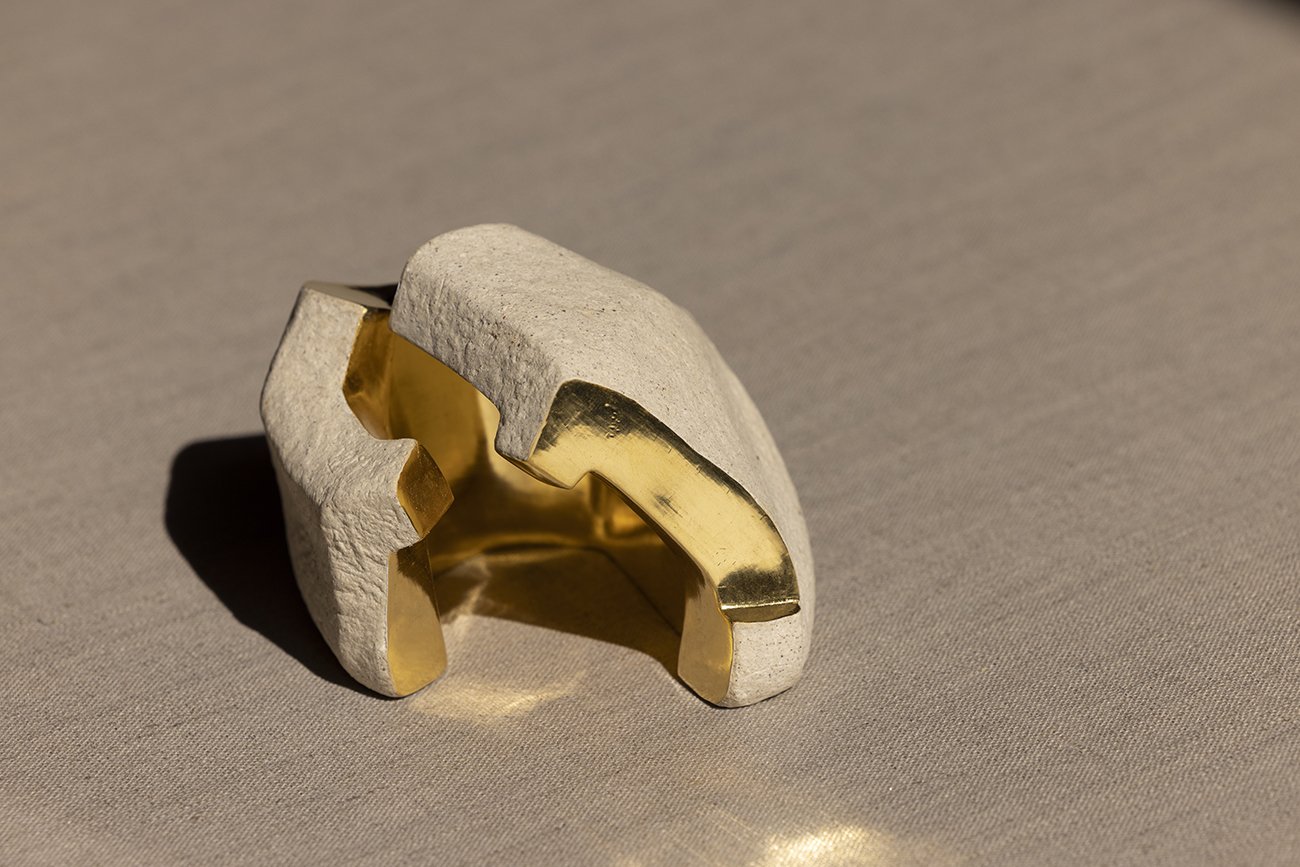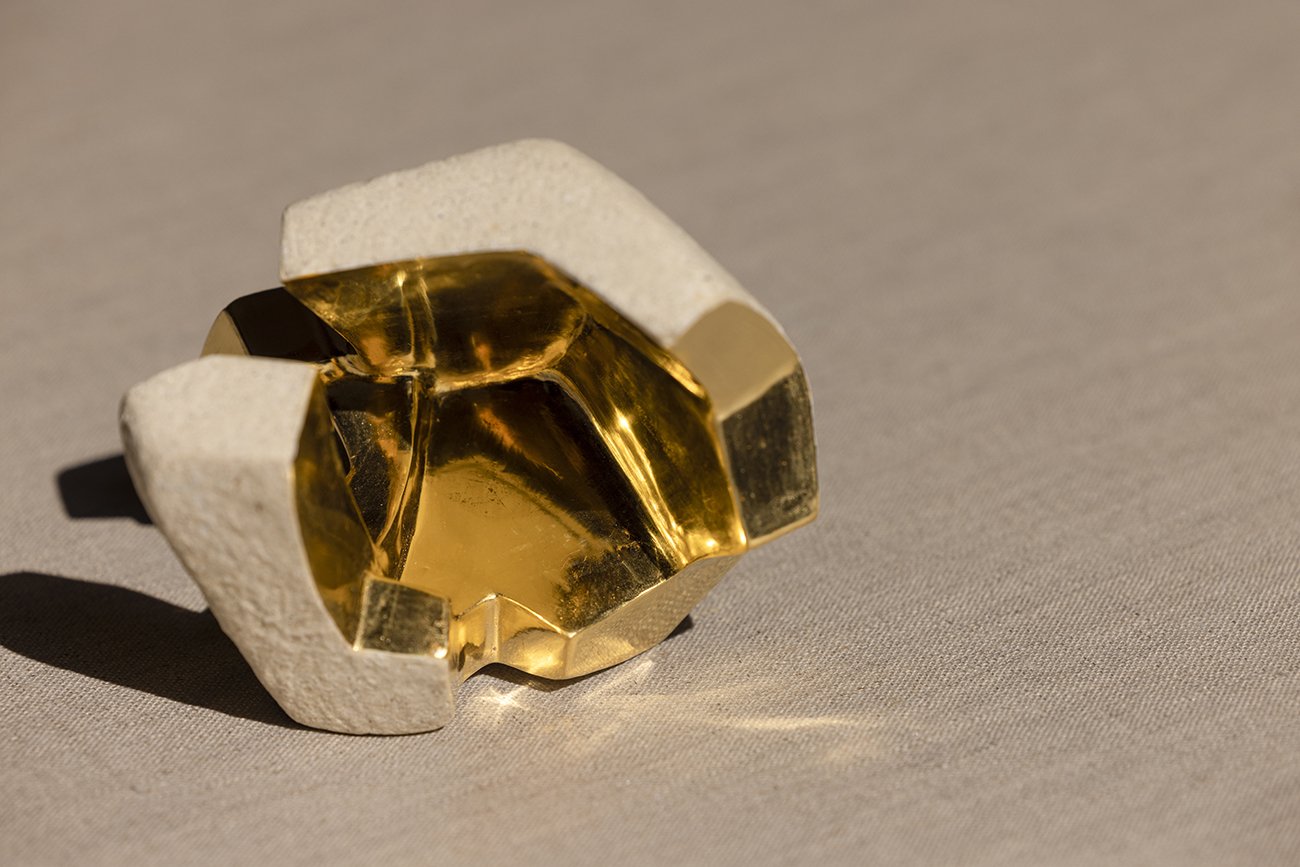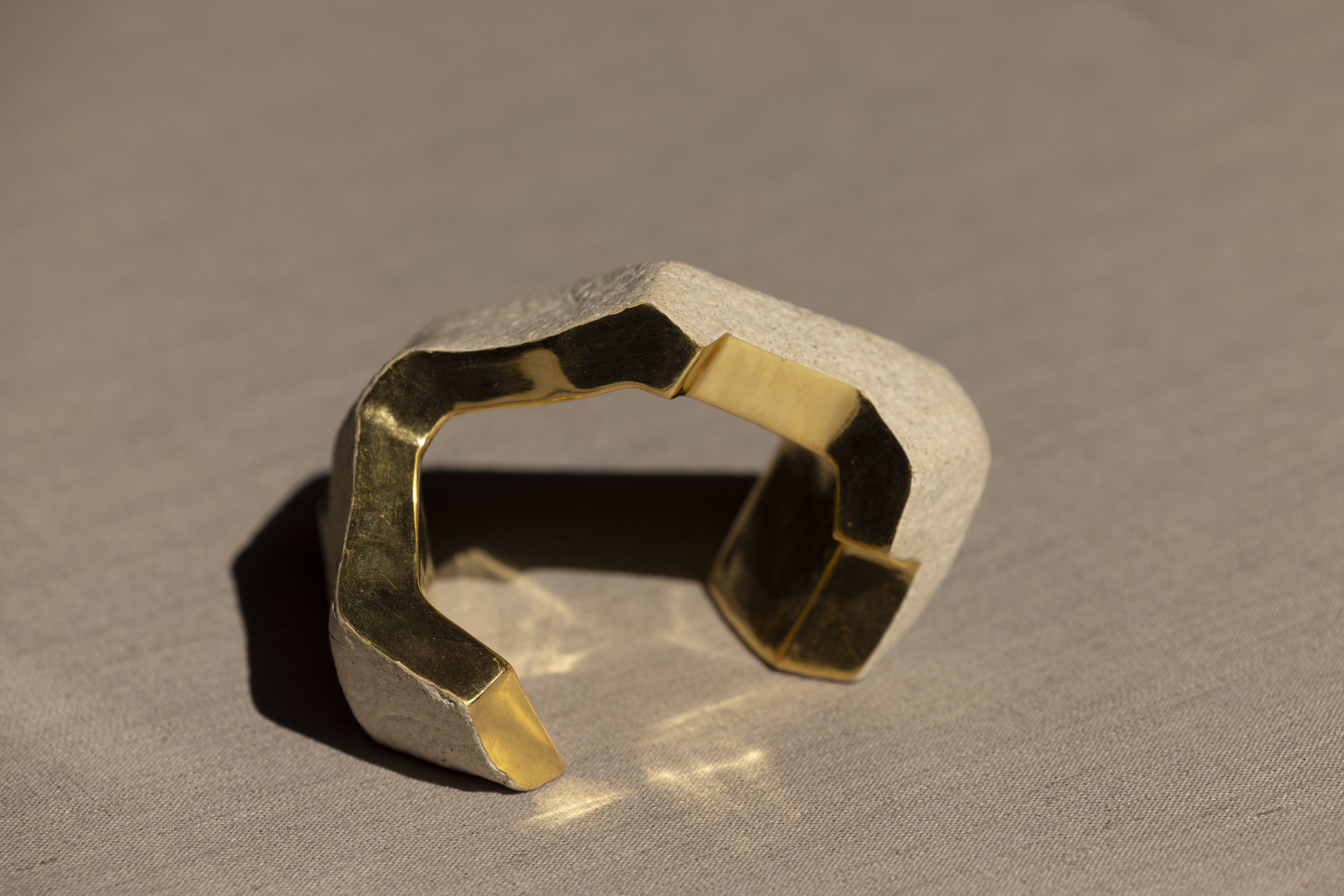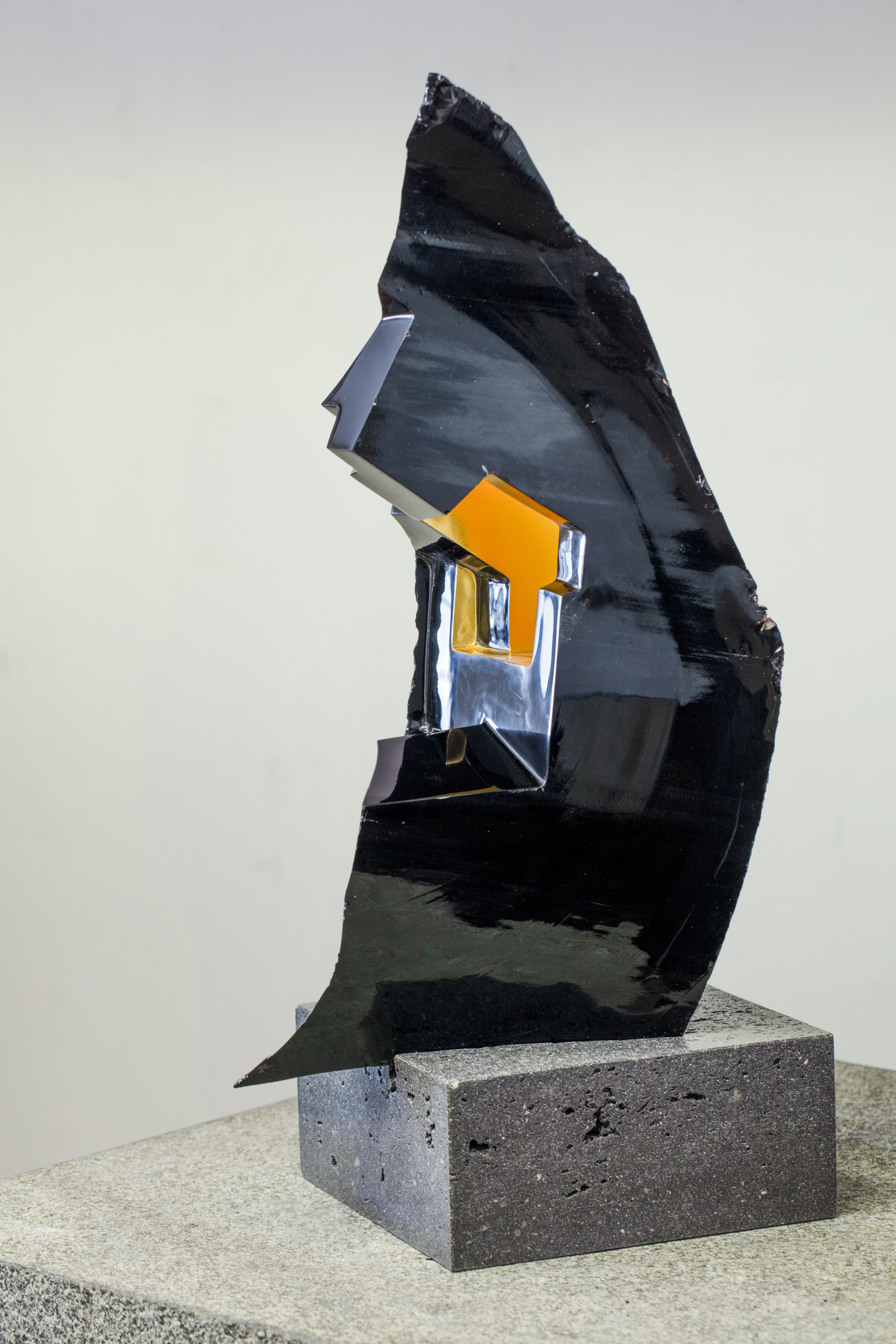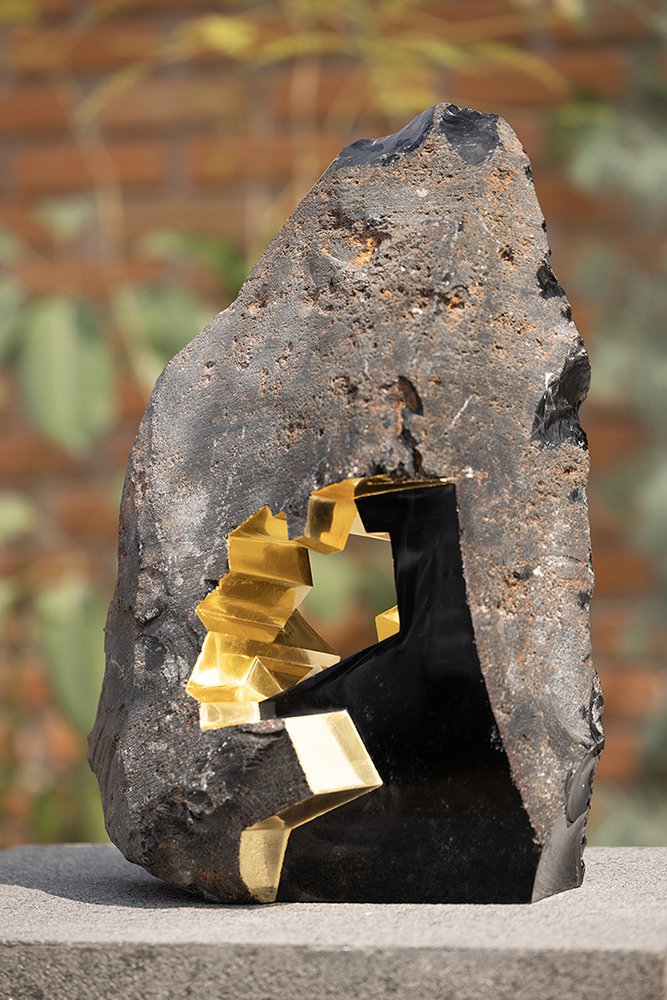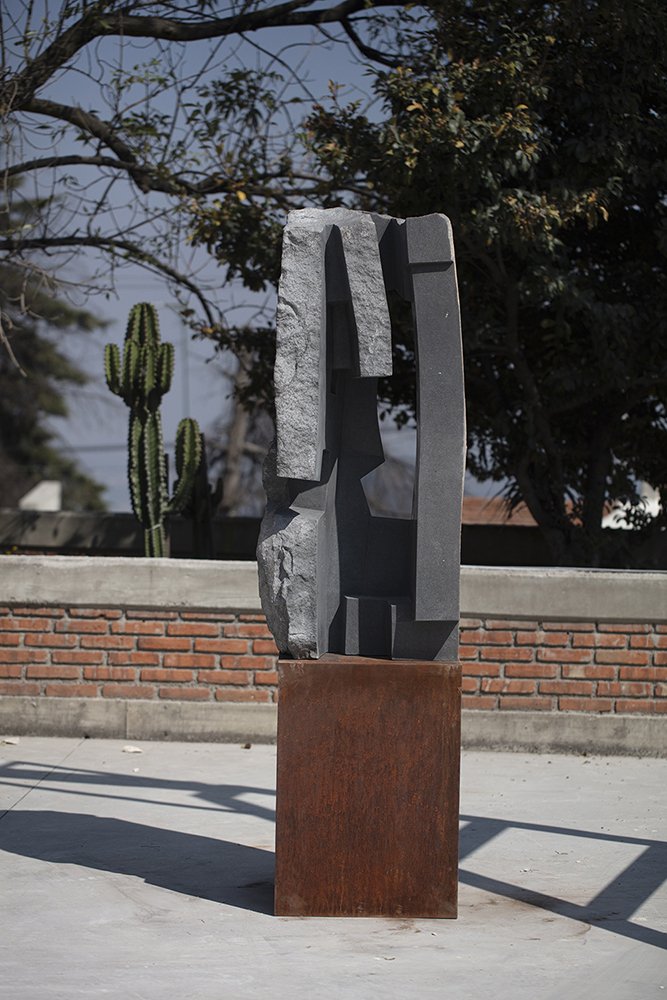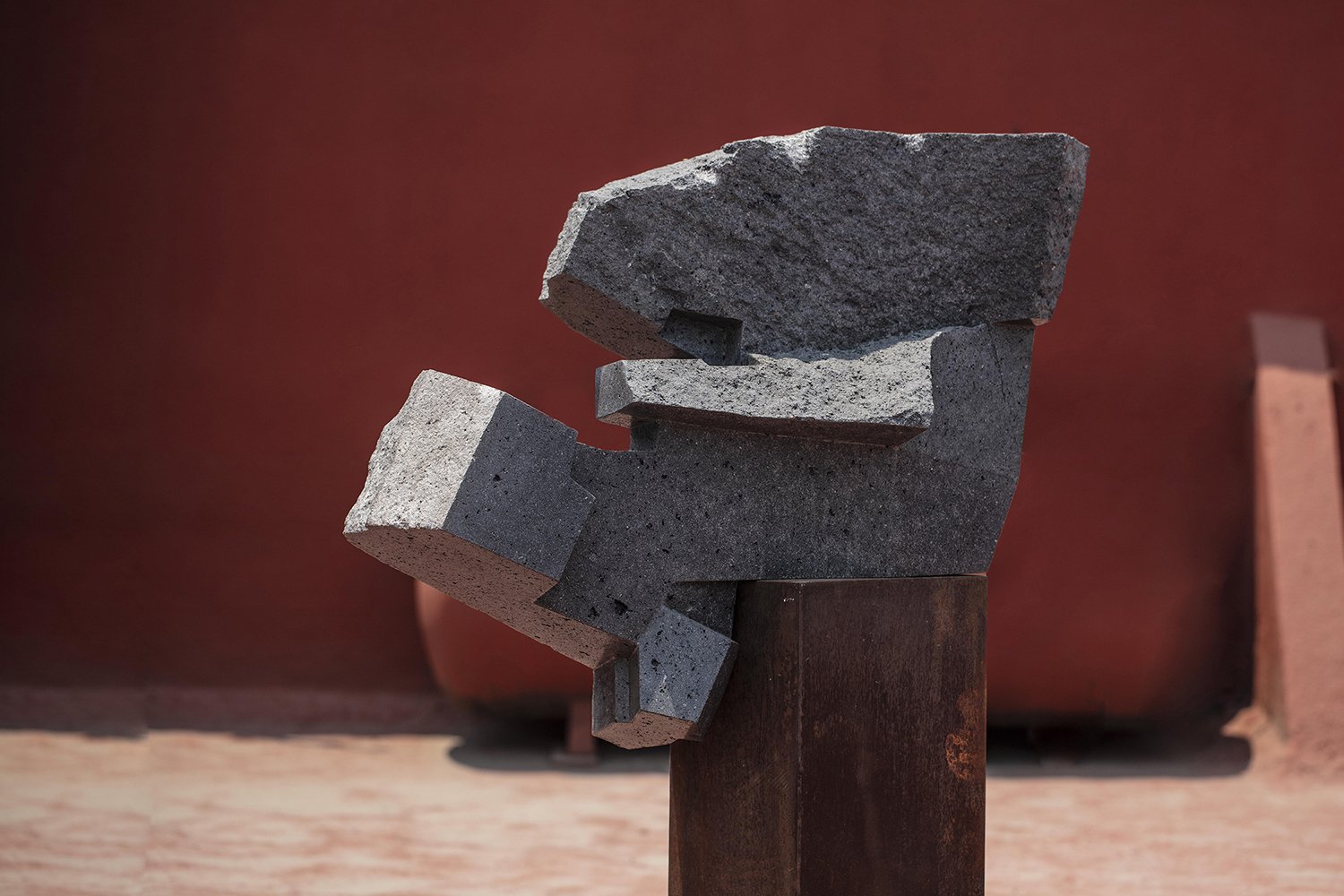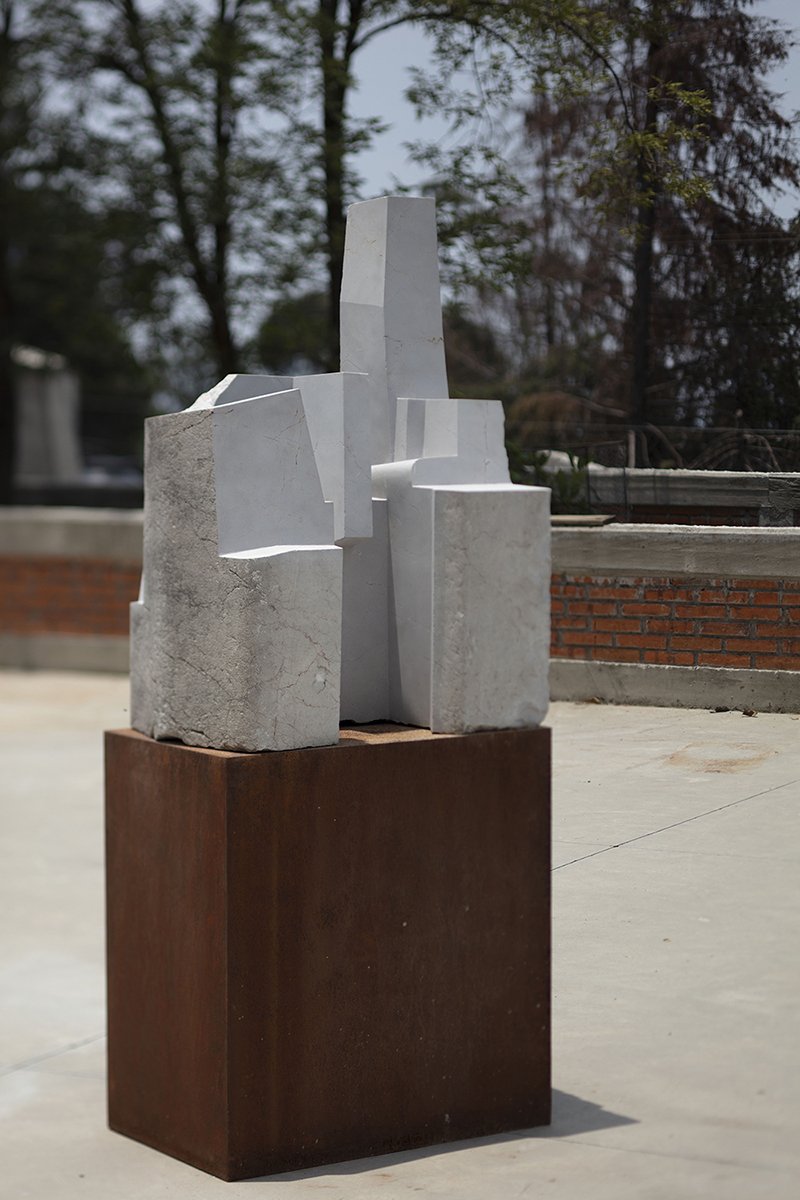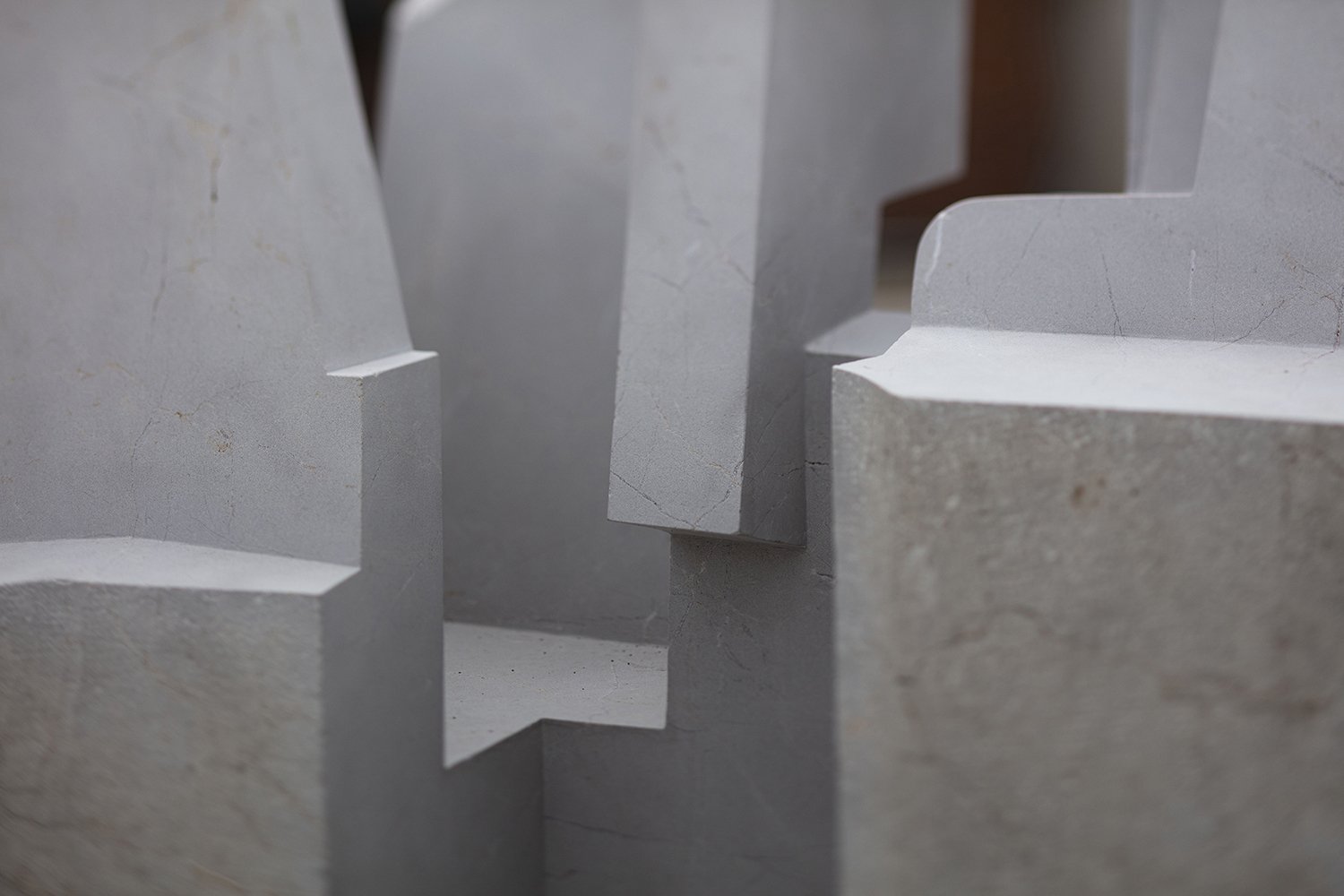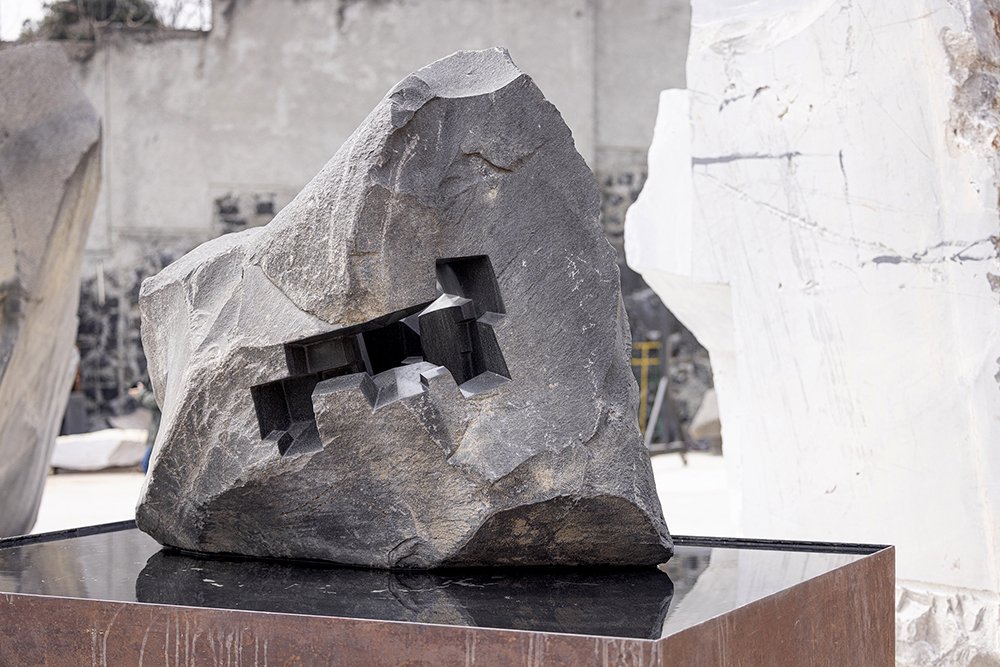VIEWING ROOM
JORGE YÁZPIK: Sculpture as geometric landscape
Marion Friedmann Gallery presents a careful selection of the Mexican sculptor’s recent pieces. Solid mass, open volume and gold reflections make the case for the unpolished glory in Jorge Yázpik’s body of work.


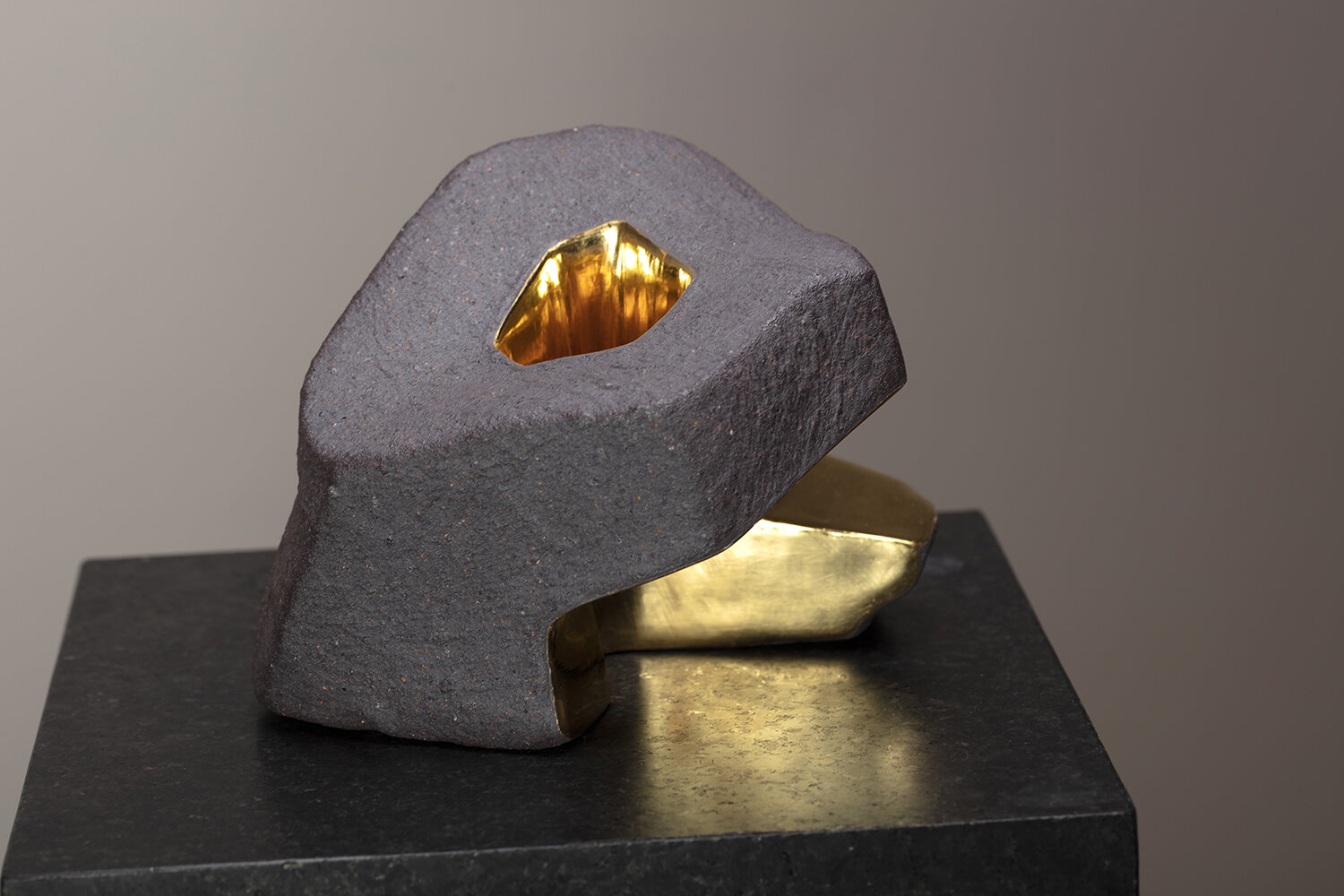
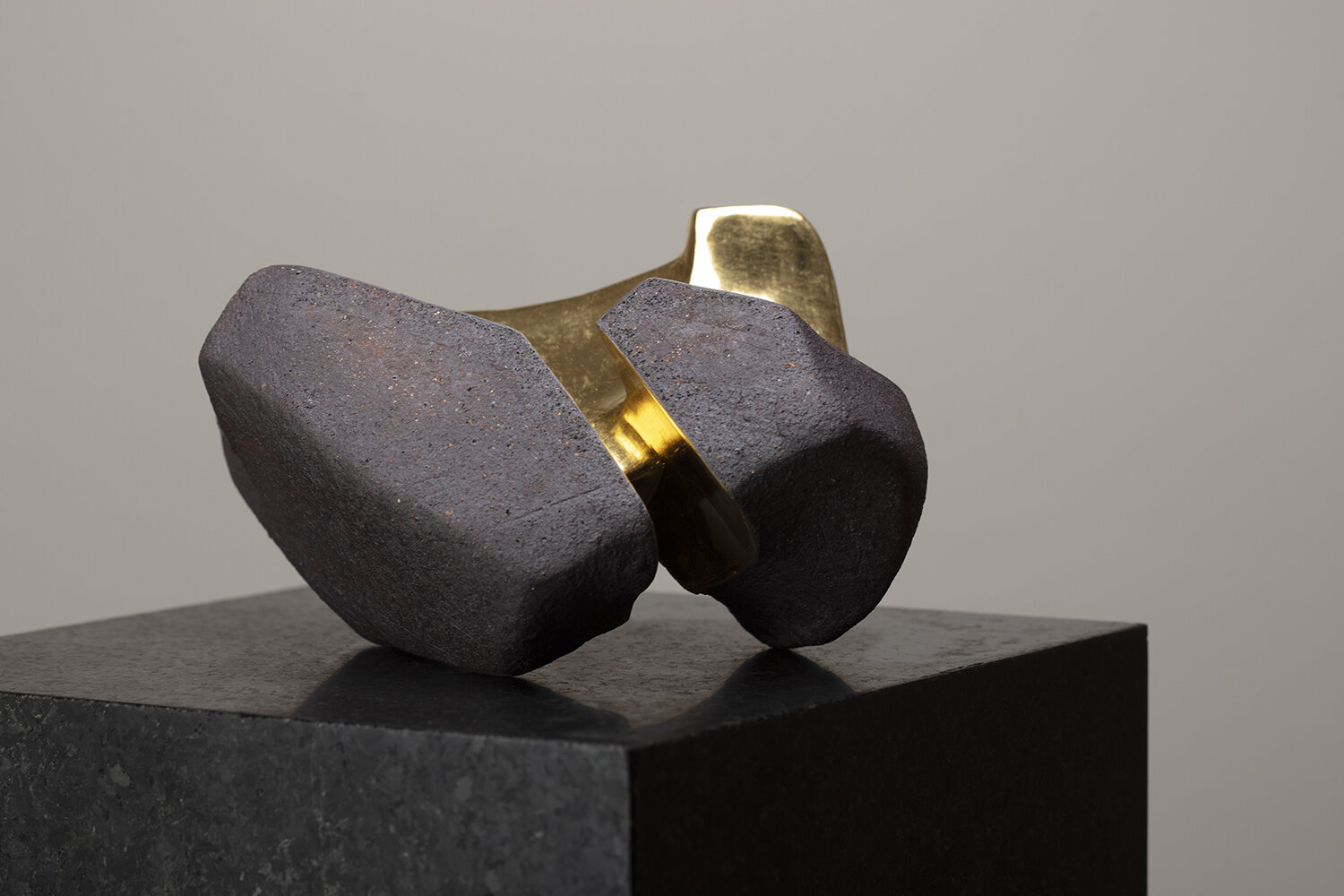
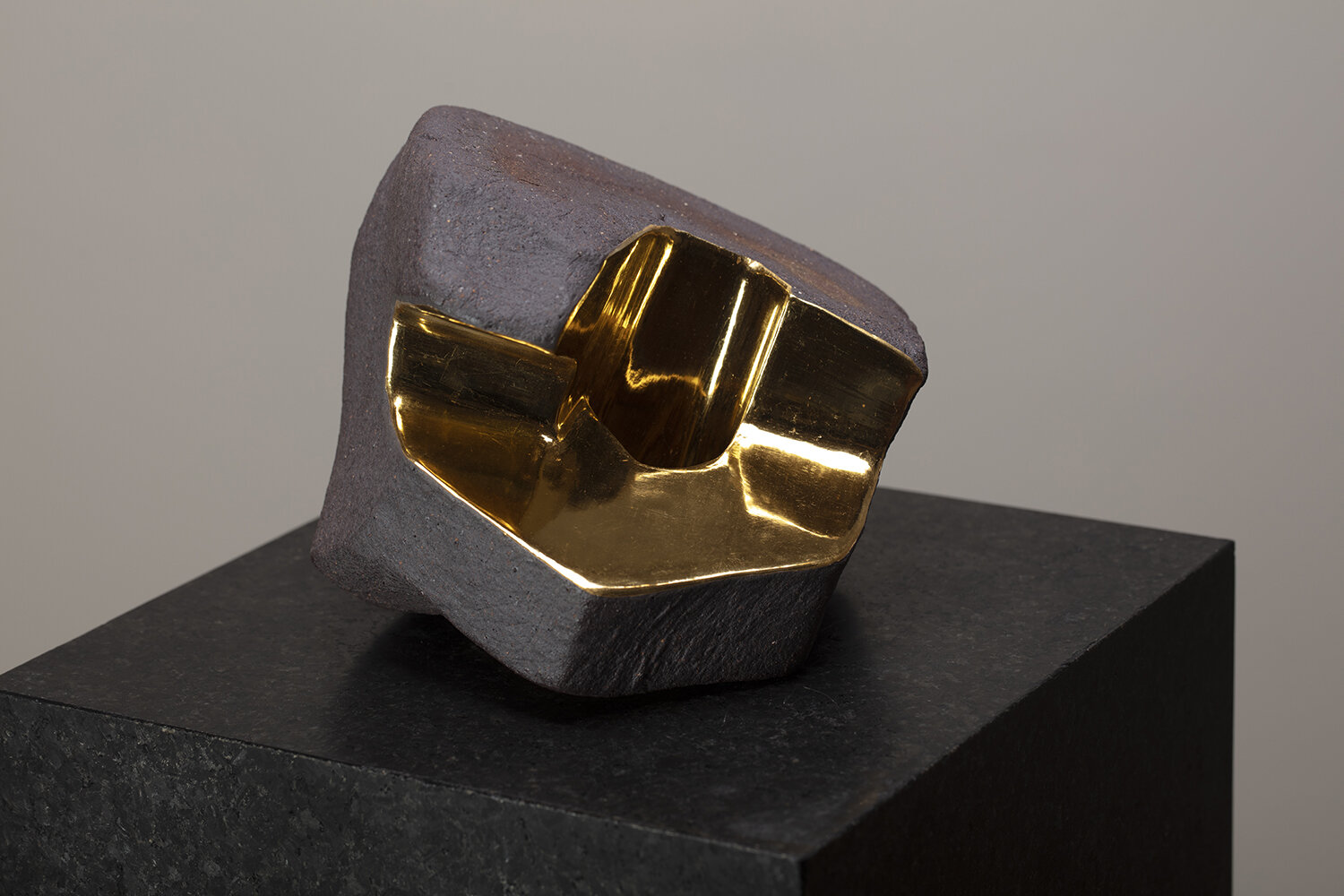
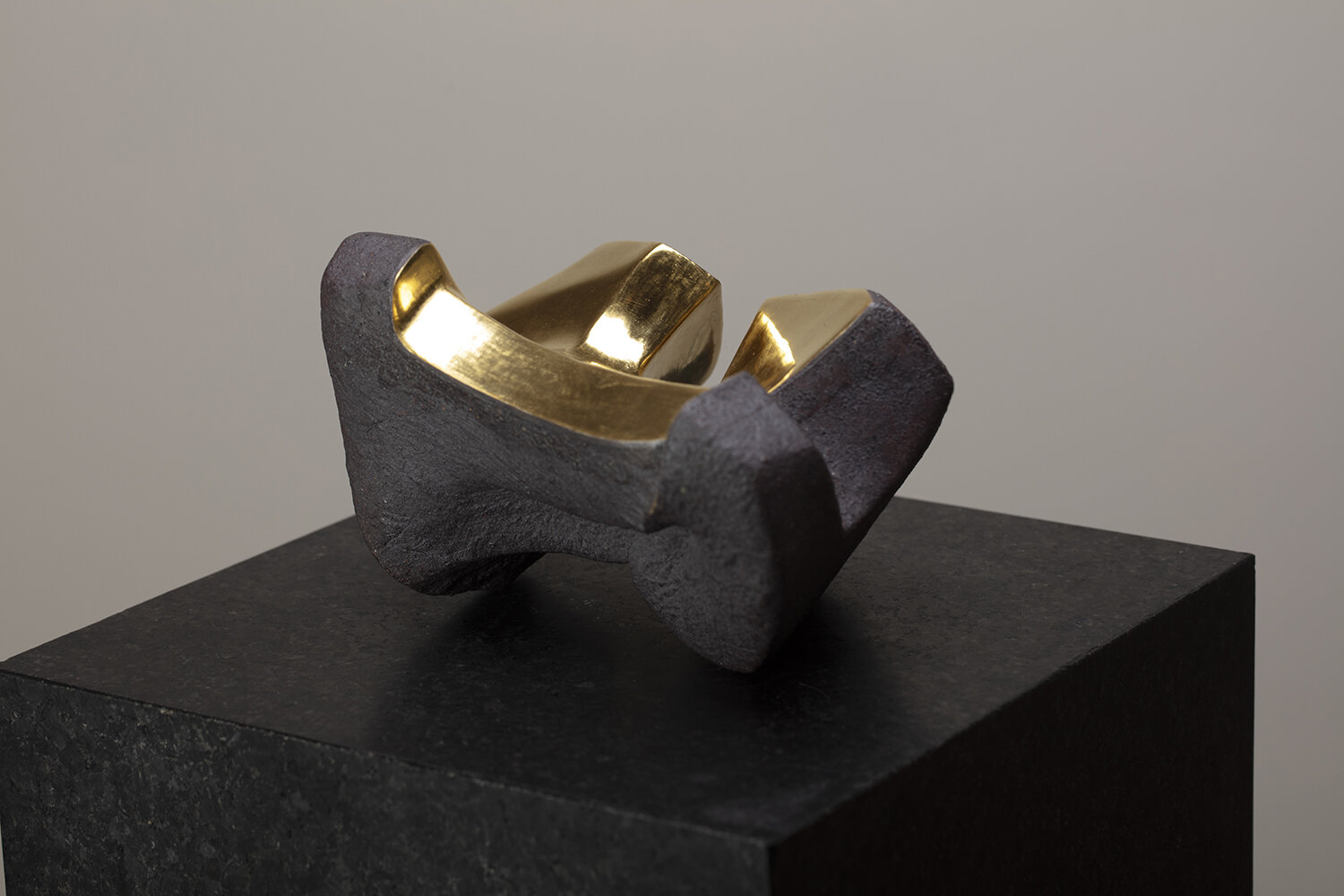
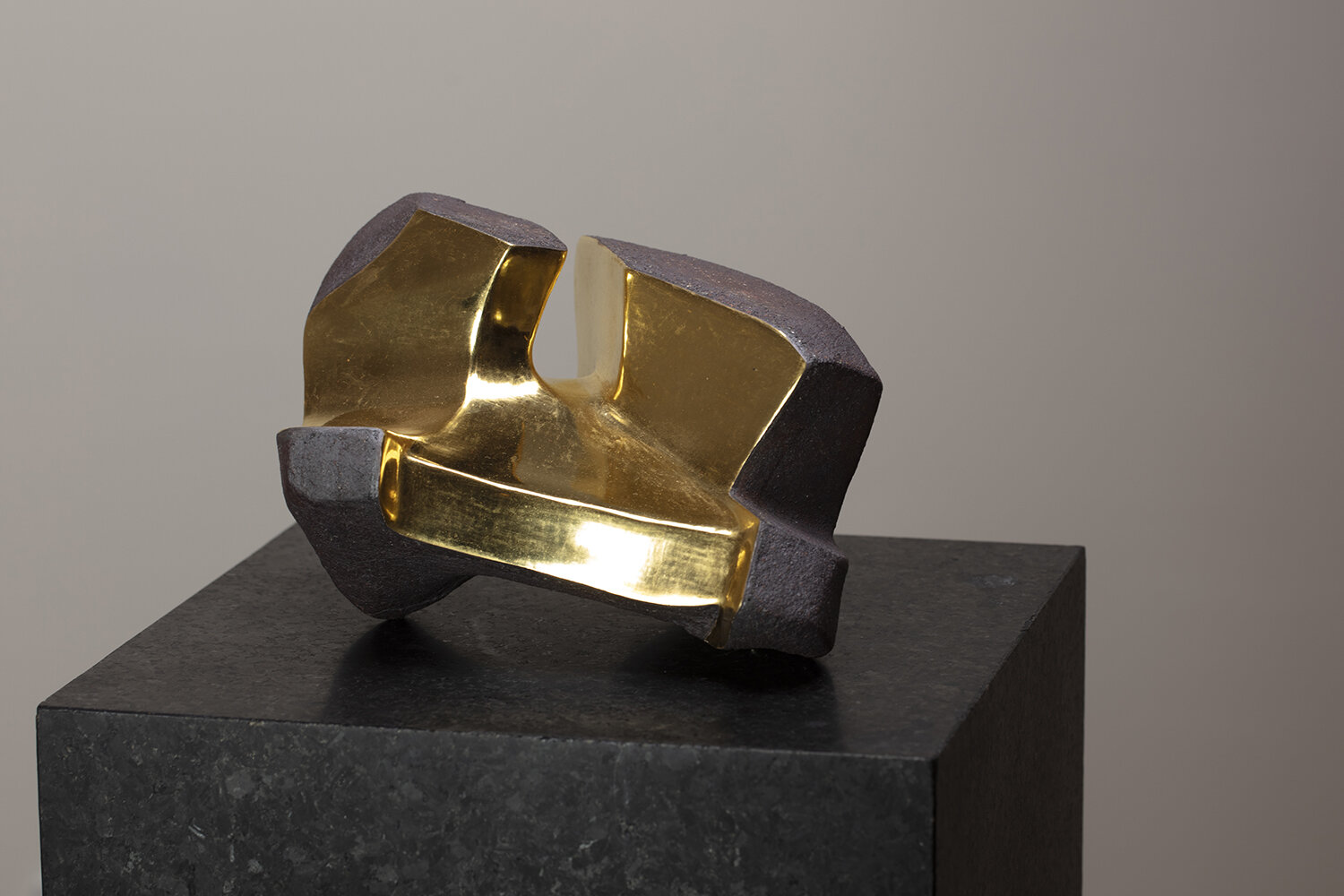
Exploring the negative space, the artist carves into raw material to create smooth and luminous labyrinths contrasting the organic outer surfaces of stones that engage the viewer visually, tactually, spatially, and architecturally.
“Every discourse with the material happens by ‘clearing the path’, making space for the accidental element.”
Jorge Yázpik unveils the lightness and minimalism of geometry through cuts and carvings covered in gold leaf onto dense, raw materials like solid clay, obsidian stone, volcanic stone (basalt) or granite.
black obsidian majesty

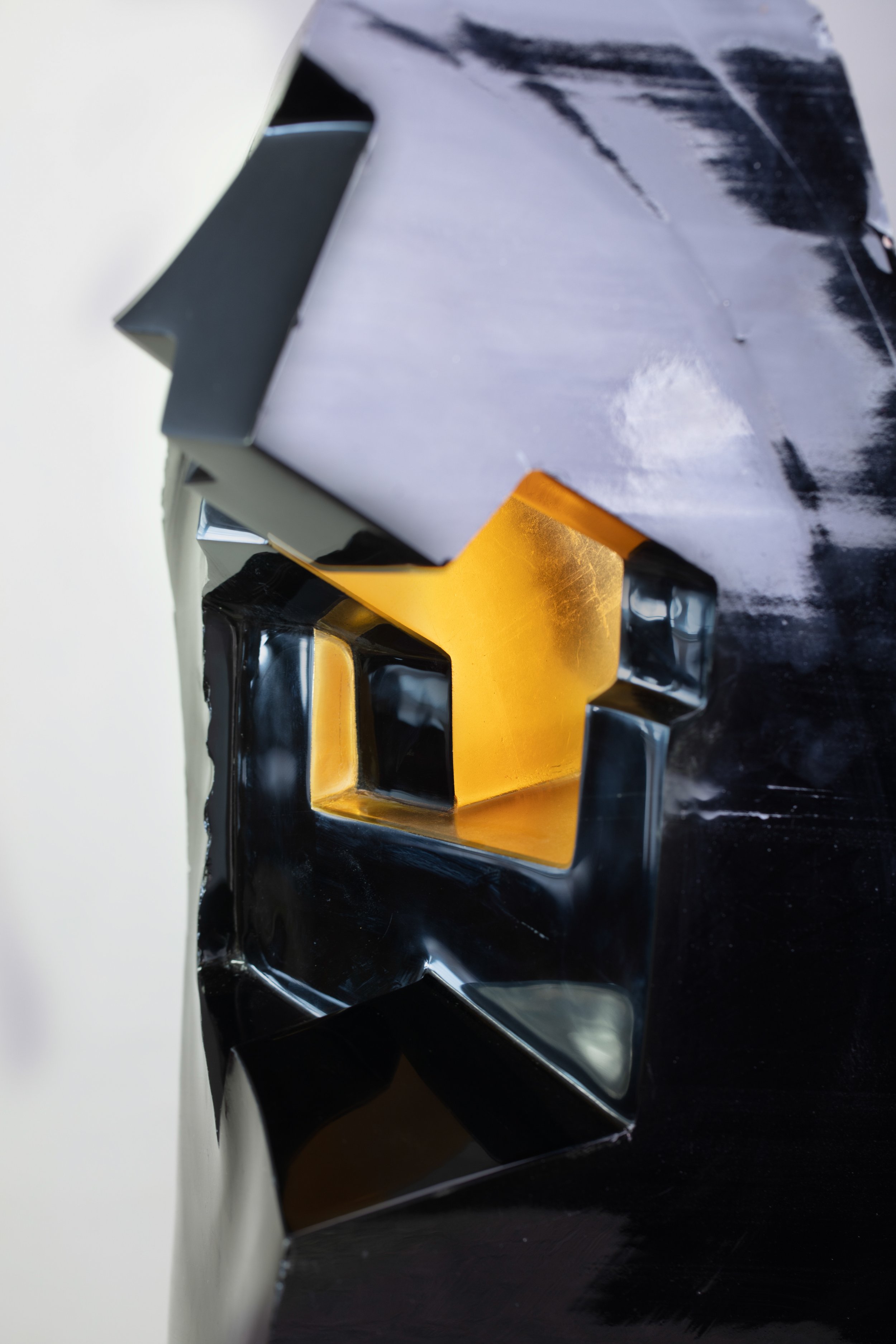
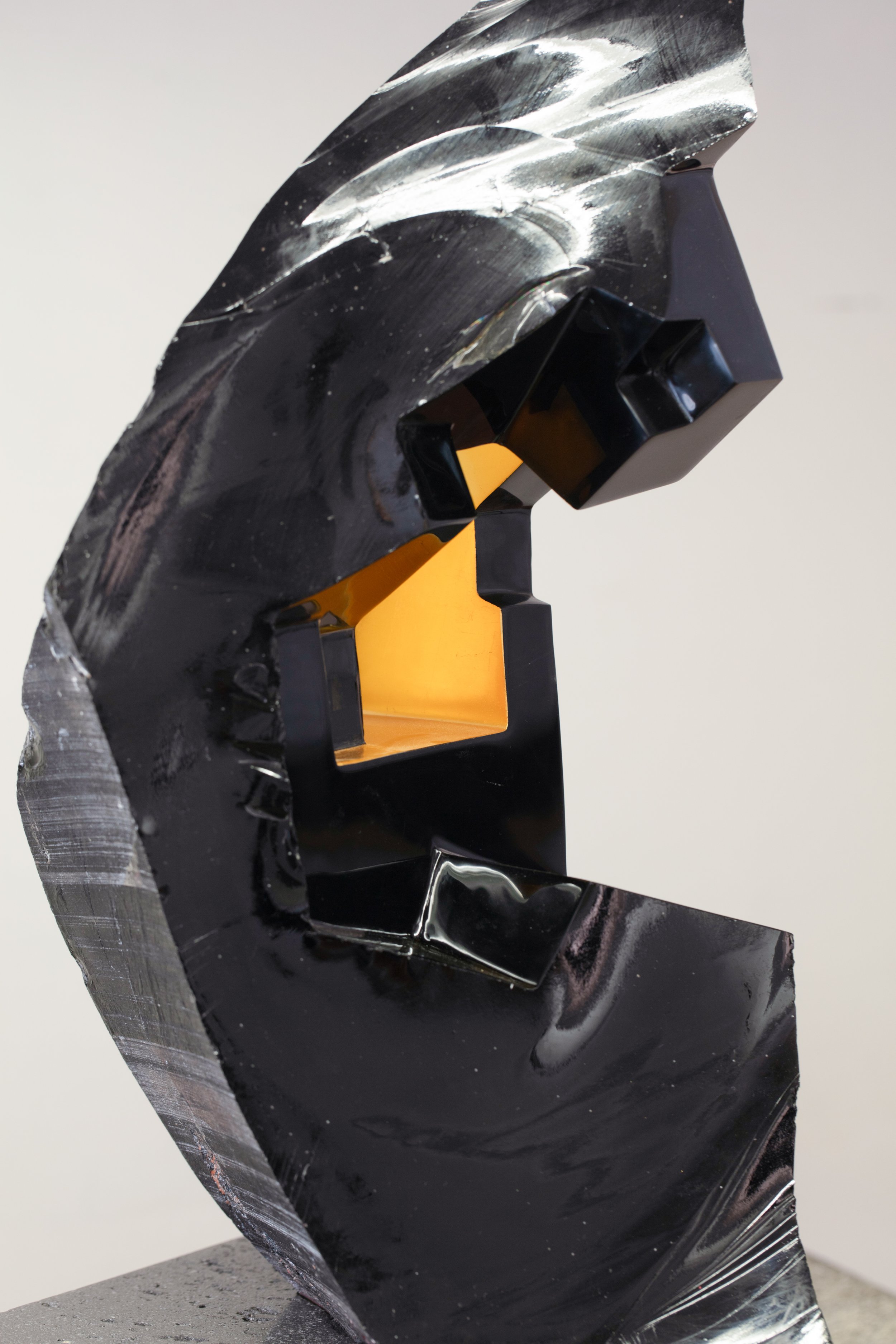
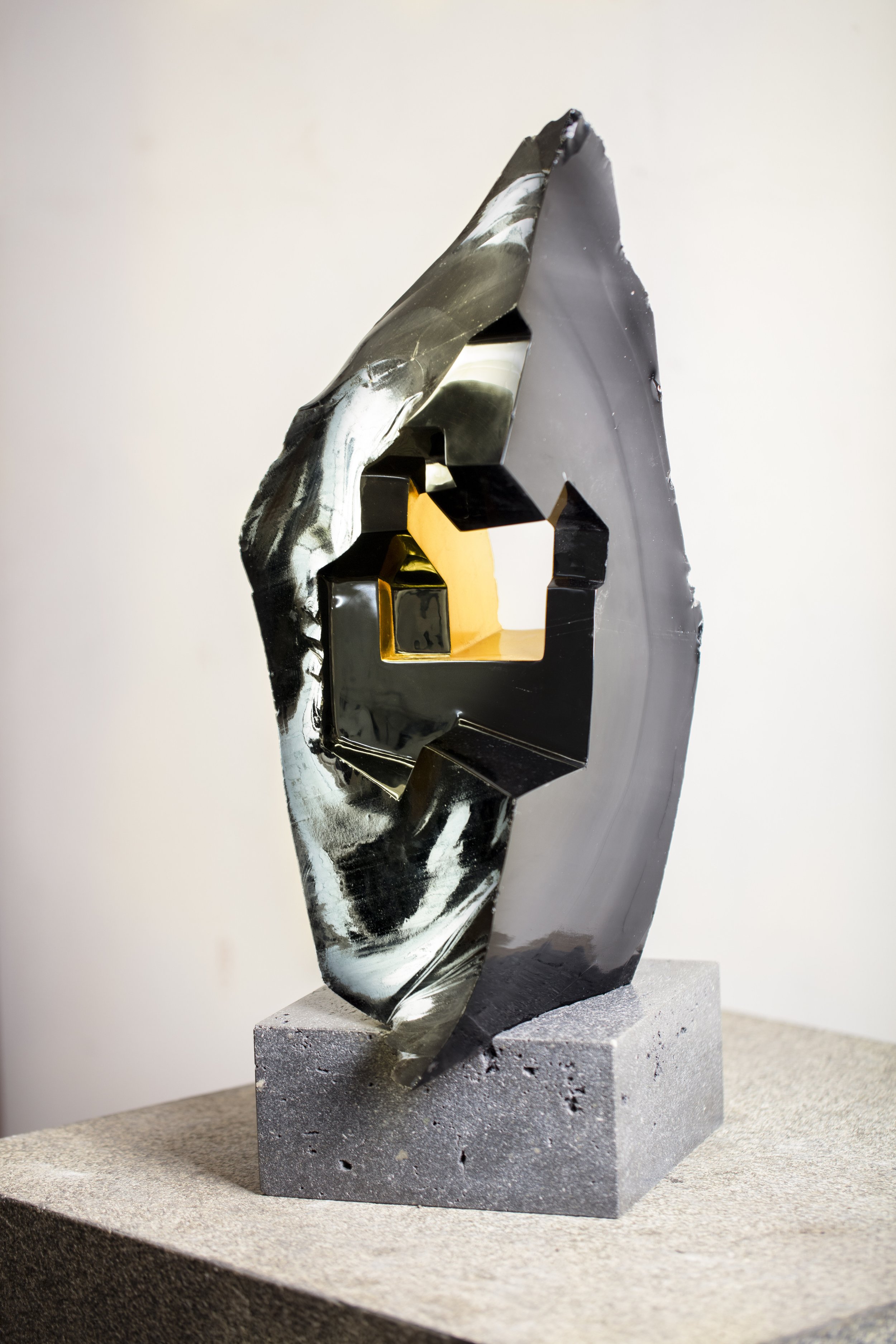
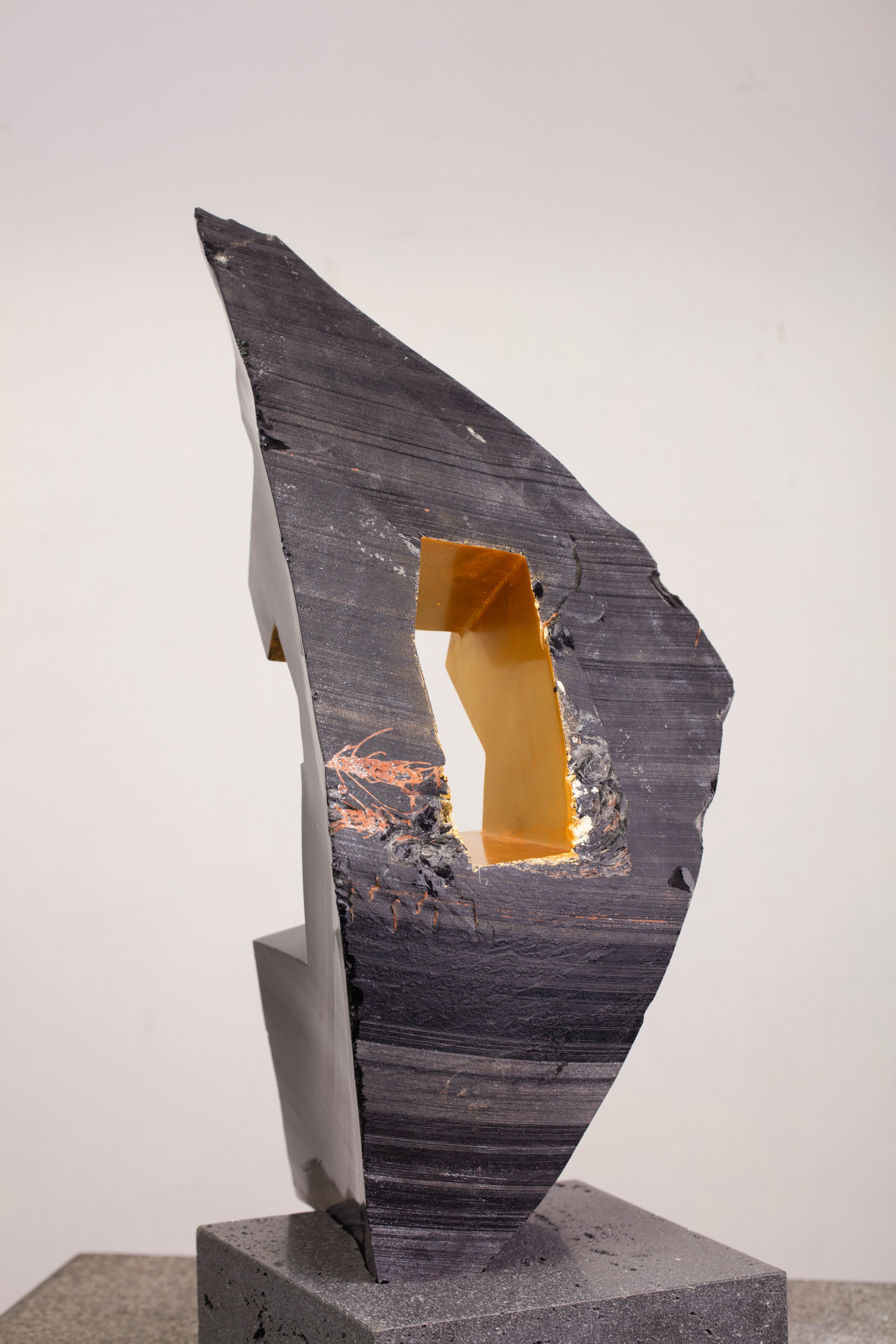

Yázpik approaches stone and raw materials with high respect to their natural qualities, opportunities, and limitations. Often Obsidian, for example, is presented in an unpolished glory, displaying the crystal appeal of the element through carefully placed cuts. His work is often carried out by direct carving, without models, particularly when working with stone.
The Element of Surprise: Gold Leaf
He incorporates a strong architectural design language within his oeuvre. Yázpik was mentored by Mexican ‘Ruptura’ artist Manuel Felguerez, a pioneer in Mexican Geometrism. Yázpik explores the negative space and takes references to Pre-Columbian sculpture with a volumetric and spatial language. He carves into the material to create labyrinthine negative spaces, with precise geometric, luminous, smooth gold-leaf plated landscapes, contrasting the organic, rough outer surfaces of the stones.
Clearing the Path
In the process of "vitalising" natural materials, the artist negotiates cuts and carvings in the medium's own native language, in an interplay which is both instinctual and intellectual. Yázpik’s labyrinthine negative spaces, with their precisely incised geometrical surfaces, contrast the organic outer contours of stone, pointing to an integration of opposites. They speak of the coexistence of the duality of the organic and inorganic in unity.
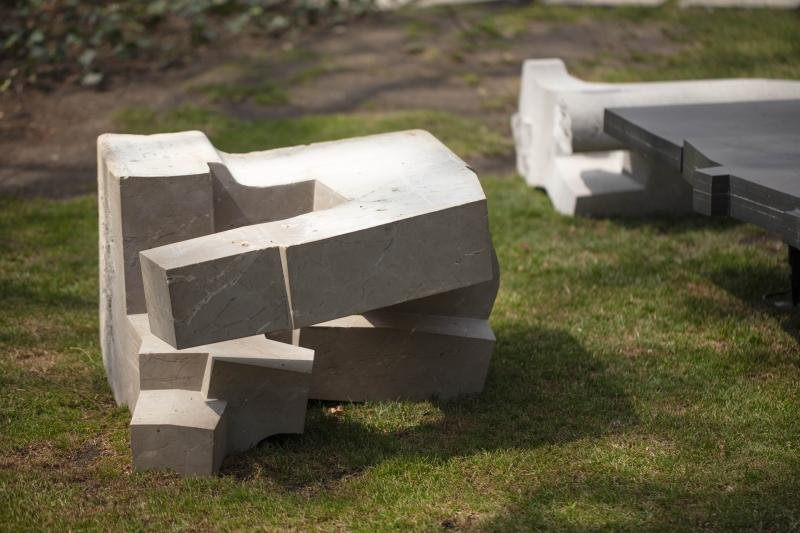

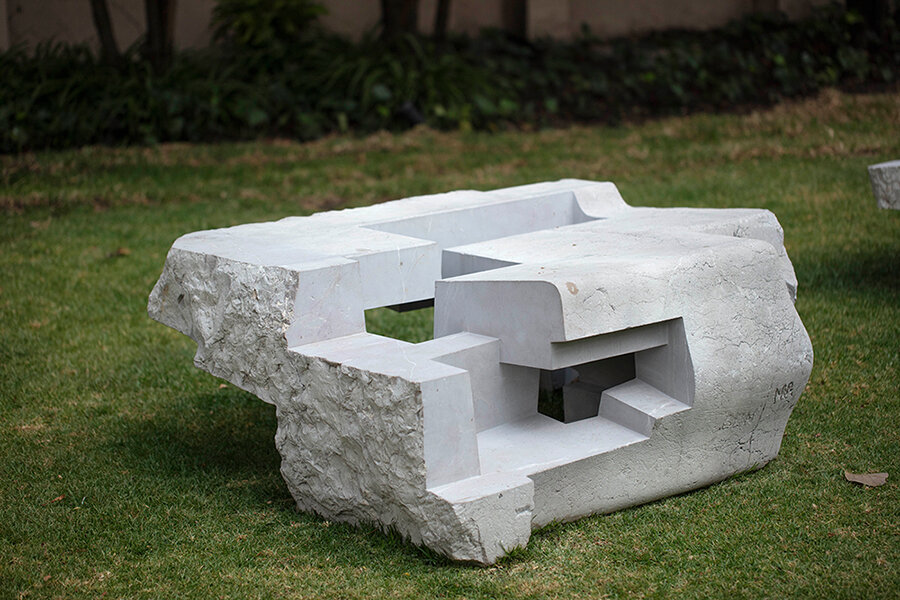
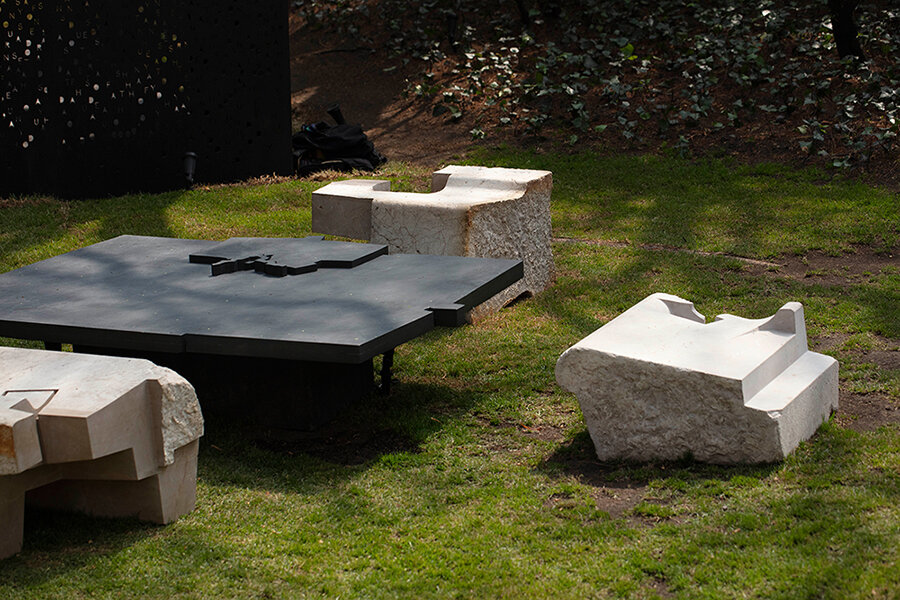
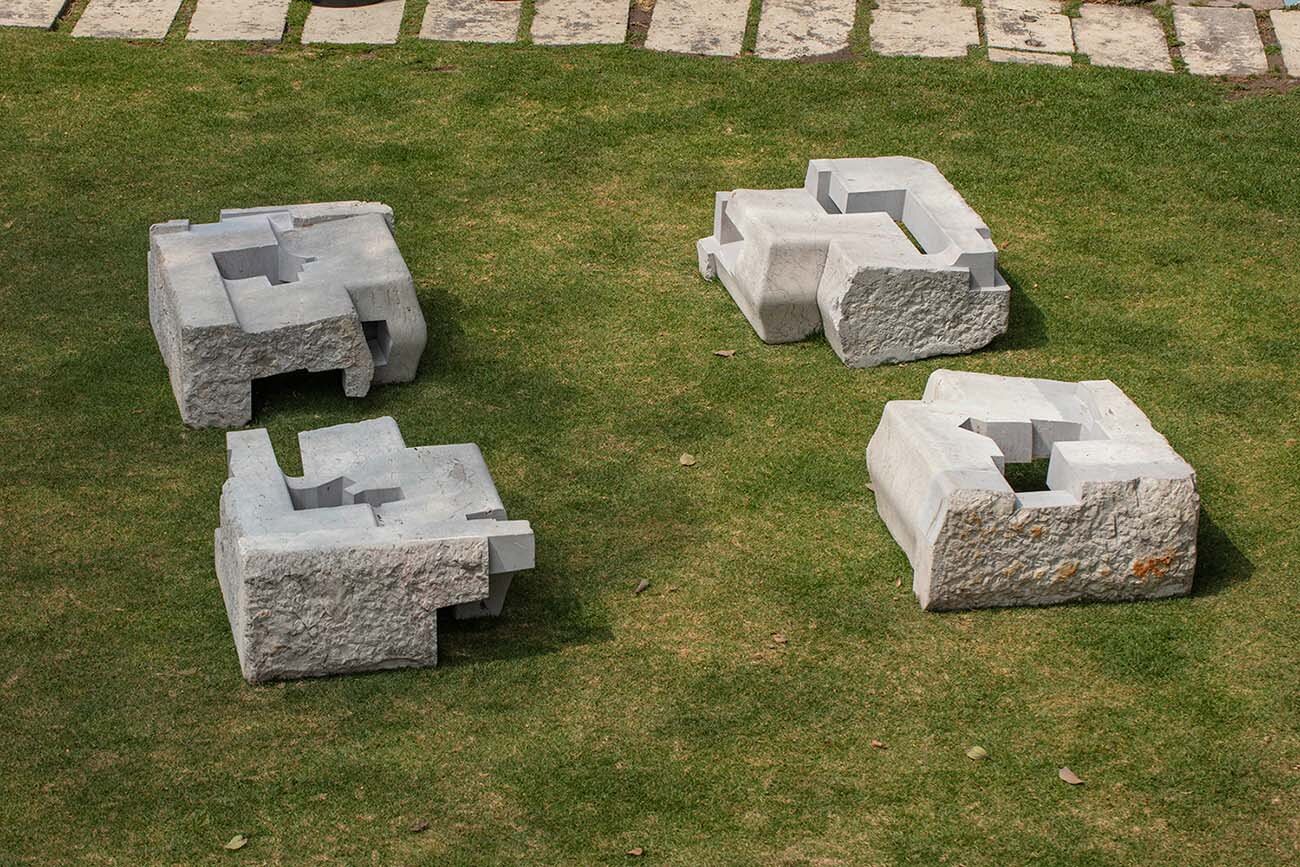
In a wide range of materials and in dimensions from the relatively small scale of rings, totems rising from floors or on pedestals, and to monoliths transforming public spaces, Yázpik's works carry the history of the artist's actions and the mysteries that extend beyond everyday experience.
